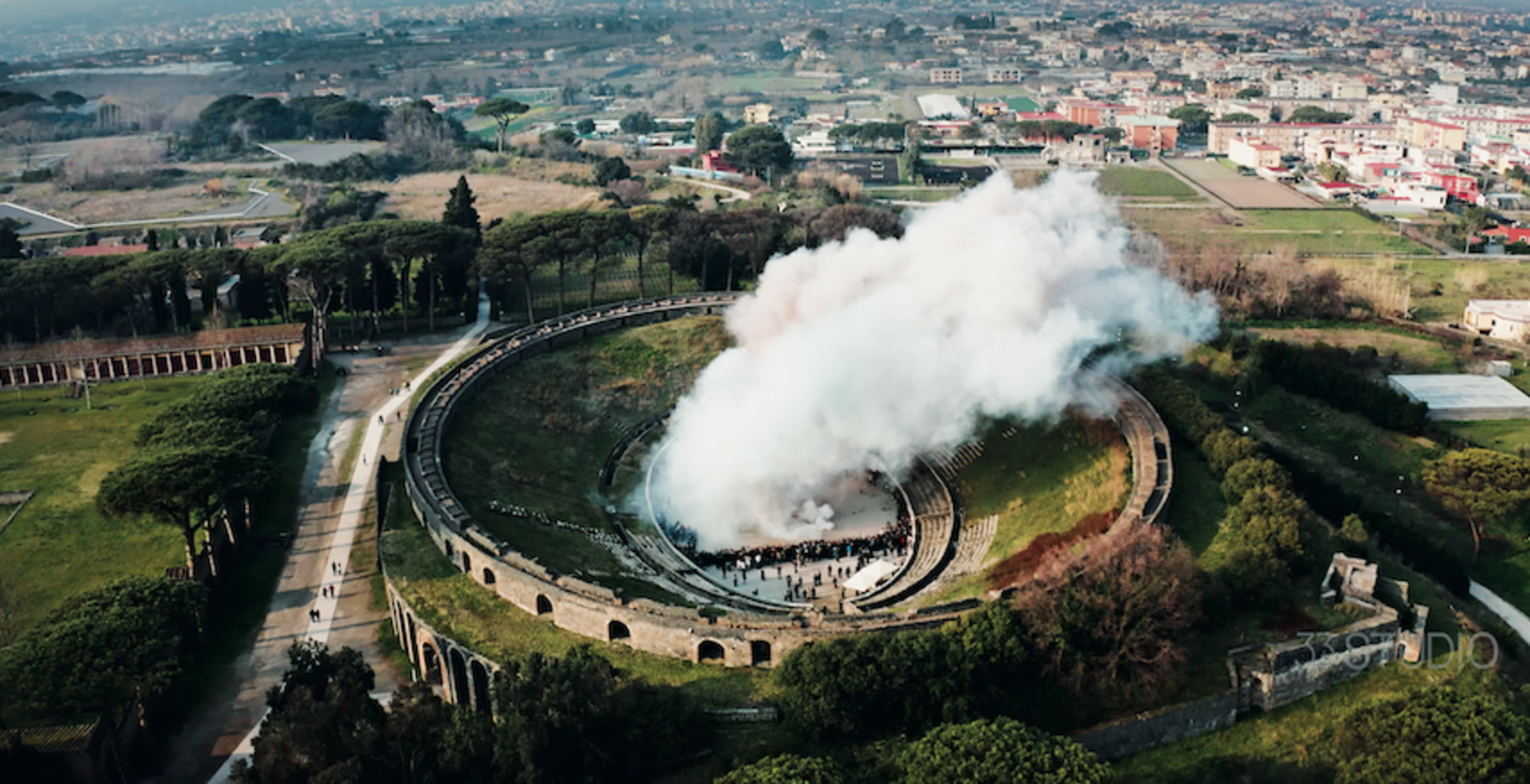Preface
In 2019, the ALIEN Art Centre collaborated with the Fondazione Morra in Naples, Italy to invite Jérôme Neutre, the then chief curator of the Grand Palais in Paris, France, and ALIEN Art CEO Yaman Shao to co-curate the first solo exhibition of Shozo Shimamoto(1928-2013), co-founder of the Gutai Group of Japanese Postwar Art, "Shozo Shimamoto: Across the Borderlands of Art". Thanks to the excellent collection of the Shozo Shimamoto Association in Naples, Italy, so that we can do research under the best conditions. It is because of Teresa Carnevale and Giuseppe Morra, that of their passion for aesthetics and a scientific rigorous attitude, and the preservation of many precious works and documents, that we can correctly understand and appreciate the influence of performance art pioneers on the development of modern and contemporary art in the second half of the 20th century. From Shozo Shimamoto, Arman to Allan Kaprow, and then through Cai Guo-Qiang, we have always been fascinated by artists who deal with the complex and metaphysical issues of "Destructive Creation". There is no doubt that destructive creation has always been the main process in the development of visual art in the second half of the 20th century.
In 2021, in the wake of the research and discussion on Shozo Shimamoto: Across The Borderlands of Art, In the Volcano: Cai Guo-Qiang and Pompeii was conducted with extended discussions in the form of online exhibition halls at ALIEN Art Centre. In the Volcano: Cai Guo-Qiang and Pompeii was supported by Fondazione Morra, while the ALIEN Art Centre and Fondazione Morra, jointly complying with the artist’pursuit of social, moral, and aesthetic goals, attempts to aggregate the various fragments of the development of "destructive art" together, so that the audience might have a conceptual image of the attempted size and scale by the artist. The purpose is to show how the new style emerges from this aesthetic declaration through the discussion of this event. The two organizations expect that through the discussion and discourse of the exhibition, the museum is not only a place of protection and exhibition, but also the mechanism of producing aesthetic content of our time.
Catherine Grenier, Director General of the Centre Pompidou, once pointed out in the exhibition "The Big Bang: Destruction and Creation in 20th Century Art": "The common origin of the works of our contemporary artists and artists in the 20th century is [ ...] A Paradoxical Impulse that connects the terms ‘destruction" and "creation’. Another way of understanding the Paradoxical Impulse, for example, the French philosopher and art critic Diderot in the 18th century refuted the common belief that creation and destruction are opposites. Art was reborn in the performance symbolizing violence and destruction. Timing came to the impact of World War II, adding fear and destruction to this process: how does the artist intend to evoke the form of creation from a destroyed world, and then further restore the meaning of life? In the 1950s, Shozo Shimamoto was one of the first artists to "betray" painting in the name of other things and painting activities. Inheriting the aesthetic beginning of Shozo Shimamoto's destructive creation, Cai Guo-Qiang is the main figure in the development of contemporary pioneers. Born in 1957, Cai Guo-qi majored in Stage Design in 1980s at the Shanghai Theater Academy in China. After the Cultural Revolution, due to limited space for career development, to enjoy freedom of creation, he entered the Comprehensive Modeling Research Laboratory of the National University of Tsukuba in the 1990s. During this phase, he returned to the pure essence, explored the relationship of matter, and to a certain extent, was inspired by the avant-garde "Material School" movement, which inspired him to learn the power of the local culture, laying the foundation for his artistic path. Cai Guo-Qiang mentioned in an interview: "China is the hometown where I grew up, while Japan is the hometown of my art." Under the introduction of a friend, he set up a studio in Iwaki City, Fukushima, and also started the explosive art. In 2019, Cai Guo-Qiang’s explosive art studio project at the Museo Archeologico Nazionale di Napoli (MANN) in Naples, Italy opened fire to the standard of traditional and theoretical conceptual modern art, and in this sense, it was reborn as the biggest artistic challenge through experiments: A process involving the creation of form begins with the destruction of form.
In the Volcano: Cai Guo-Qiang and Pompeii online exhibition hall relies on the academic discussion of the curator Jérôme Neutres and the video record of artist Cai Guo-Qiang’s art studio. At the same time, a series of art symposiums were developed at the ALIEN Art Centre, taking art experience as a starting point for observation, as a kind of opening and sharing mechanism with the external.
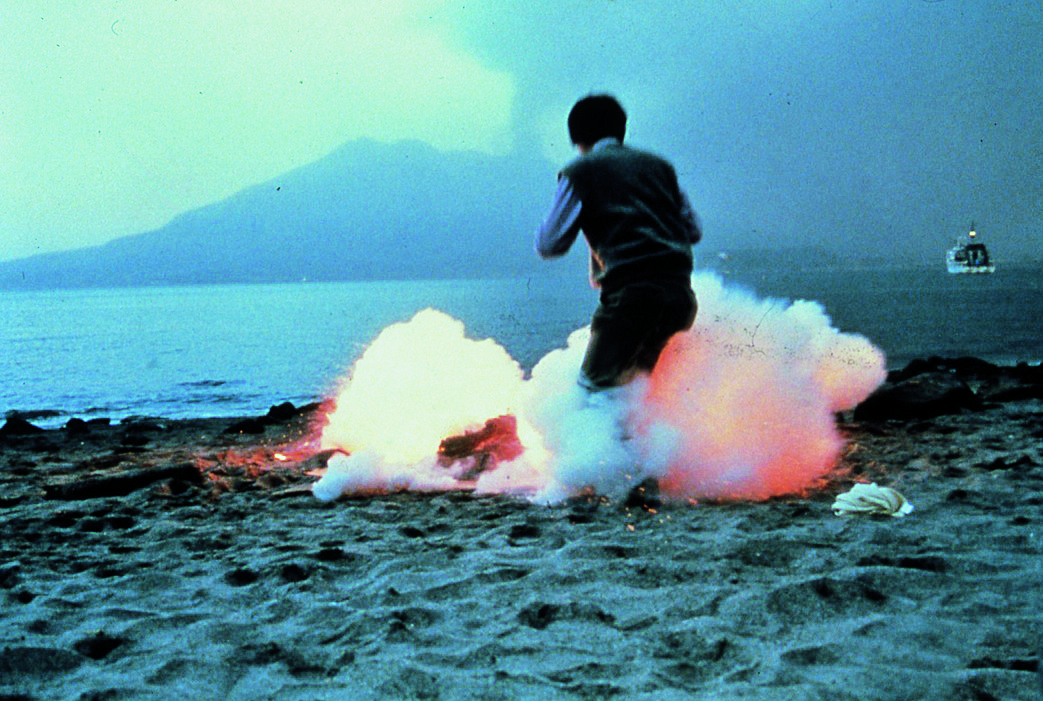
"Different from the past, we carefully plan each step and scene of the blasting; control every condition perfectly. I can remotely control the ignition... This time in Pompeii, I went back to the past and returned to the starting point. Everything was done manually. Just like the early "Project for Extraterrestrials", I used my hands to dispense gunpowder and ignite the fuse. Of course, there were unanticipated incidents such as strikes. The audience discovered that the blasting time has passed and has not yet blown up; and I was still busy in sweat. The feeling was awful. It did not happen for a long time." ---Cai Guo-Qiang
In the Volcano: Cai Guo-Qiang and PompeiiMost of the works in
In the Volcano were created in a fierce explosion before the opening of the exhibition. At the invitation of the Pompeii archeological site, the thousand-year-old city overlooking Mount Vesuvius and the oldest existing Roman Colosseum in the world, Cai Guo-Qiang carried his "Explosion Studio" there to create a site-specific piece. Artworks, plaster sculptures, frescoes, cloth, ceramics, glassware, marble, and other materials from 2000-year-ago Pompeian period were laid on a 30-meter-long huge canvas. Working with a local fireworks company, Cai buried colored and black native gunpowder in the firework bombs and nozzles, and then tied and covered on the characters on the stage, lighting the fuse. Imagine the ferocious blasting among bottles and jars, as if lava churning in the depths of the Volcanoes; hundreds of shots of fireworks were shot at the canvas, like a relentless volcanic eruption! Then after a few minutes, everything quests down. In the last fumes, the artist and his team entered the messy “debris” and silently "excavated the archaeological ruins" of every object that was bombed. The curator Jérôme Neutres said: "Pompeii is more than a museum, it is the city of images, with its houses covered from floor to ceiling with frescoes and mosaics. It is surrounded by images and is in its own style. The city seemed to live with art. For Cai Guo-Qiang, dialogue with Pompeii involves this world of images and its imagination. These new archeological works became the museum's collection, creating a sort of treasure hunt, moving back and forth between the past and the present," with mirror effects between the aesthetics of first-century Pompeii and the eminently contemporary art of Cai Guo-Qiang. He used a unique way to download the classic artworks of ancient Greece reproduced by the Roman Empire and the concept of time-lapse photography to simulate the moment of Pompeii volcano eruption. Nowhere in the world can reflect the sense of vulnerability better than Pompeii. The powerful moving force of lava flow simulated by Cai's variegated explosion, and the use of gunpower for paintings are all novelty and artistic spectacle to the Western world. Gunpowder blasting is fleeting. At the time of destruction, it is also creating, carrying out a sort of behavior of re-enactment, destruction, and repeated excavation, as if going back and forth between a thousand years in one instant. The epic episode of the engulfment of the ancient city by the eruption of Mount Vesuvius and the re-excavation were embodied by the organic and inorganic medium. Cai tried to let hormones to take the lead, and finally met the moment at the rotation of the earth.
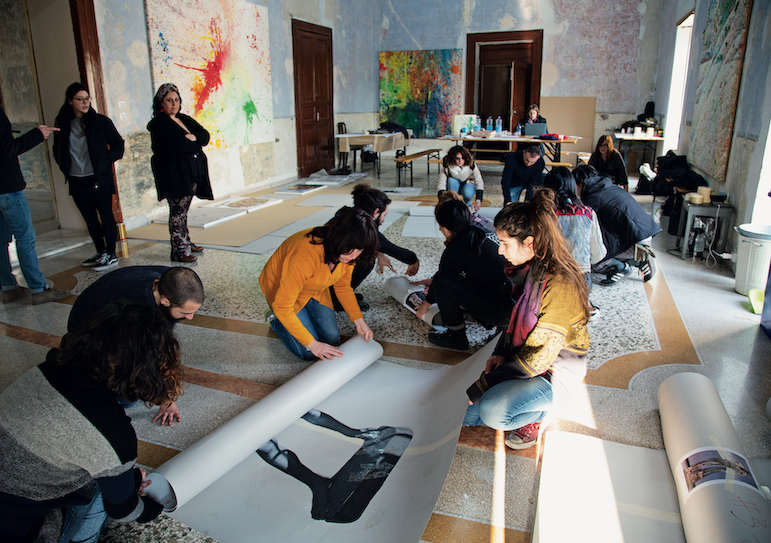
Cai Guo-Qiang, Explosion Studio, 2019, Realized at the Amphitheatre of Pompeii, February 21, 3:00 pm, Gunpowder, canvas, silk, plaster, marble, dry fresco, glass, terracotta, wooden boat [Ephemeral] Cai Guo-Qiang, Explosion Studio, 2019, Realized at the Amphitheatre of Pompeii, February 21, 3:00 pm, Gunpowder, canvas, silk, plaster, marble, dry fresco, glass, terracotta, wooden boat [Ephemeral] Cai Guo-Qiang, Explosion Studio, 2019, Realized at the Amphitheatre of Pompeii, February 21, 3:00 pm, Gunpowder, canvas, silk, plaster, marble, dry fresco, glass, terracotta, wooden boat [Ephemeral]
Cai Guo-Qiang, Explosion Studio, 2019, 3:36, Video documentation, Directed by Shanshan Xia; produces by 33 Studio Cai Guo-Qiang, Exploding Hercules, 2019, Gunpowder on plaster Cai Guo-Qiang, Explosion Studio, 2019, 3:36, Video documentation, Directed by Shanshan Xia; produces by 33 Studio Time and Space Traveler and The Alchemist Cai Guo-Qiang said: "In my universe, besides the exploration of outer space by modern cosmic physics, the earth, nature, life, and also traditional Chinese Fengshui, Chinese medicine, Qi-gong, gods and ghosts, these are all part of the universe." Gunpowder, as the messenger of death but invented to seek eternal life, possesses a sense of magic, bringing a deeper understanding of the changes of space and time, and is connected to eternity in some way. Looking at Cai Guo-Qiang's work, one can't help but compare his painting style with that of Jackson Pollock's “dripping dance” action-painting technique. Pollack once said, "I am nature," which echoes Cai Guo-Qiang's philosophical concept of a total universal unity. The traditional landscape-like paintings, undertaking the hand-painted art style from his father and going through the unpredictable process of the blasting gunpower, the flow of emotional consciousness, are reminiscent of the Process Art of New York’s post-minimalism and its predecessor, that is, Action Painting. The spray of the explosive gunpowder coated with the paint. The scraps of gunpowder pushed out by the shock wave absorbed on the paint. Each time different types of gunpowder are selected, together with the control of the paint, the way of producing the gunpowder, the way of carving out the paper, and the weight of the bricks and the laying of the stress points..., instantly forming the patterns of rotating nebula and interstellar dust revolving around the sun. Through the metaphysical and physical practices, gigantic energy as experiencing the big bang of the universe were created, constructing a new material texture. Cai feel the thrill of the explosion every time as is anxious about self-exploration and his feelings of gunpowder. From the essence of art, the dramatic tension and breathtaking painting scenario we see is uniquely placed in the turmoil outside the system.
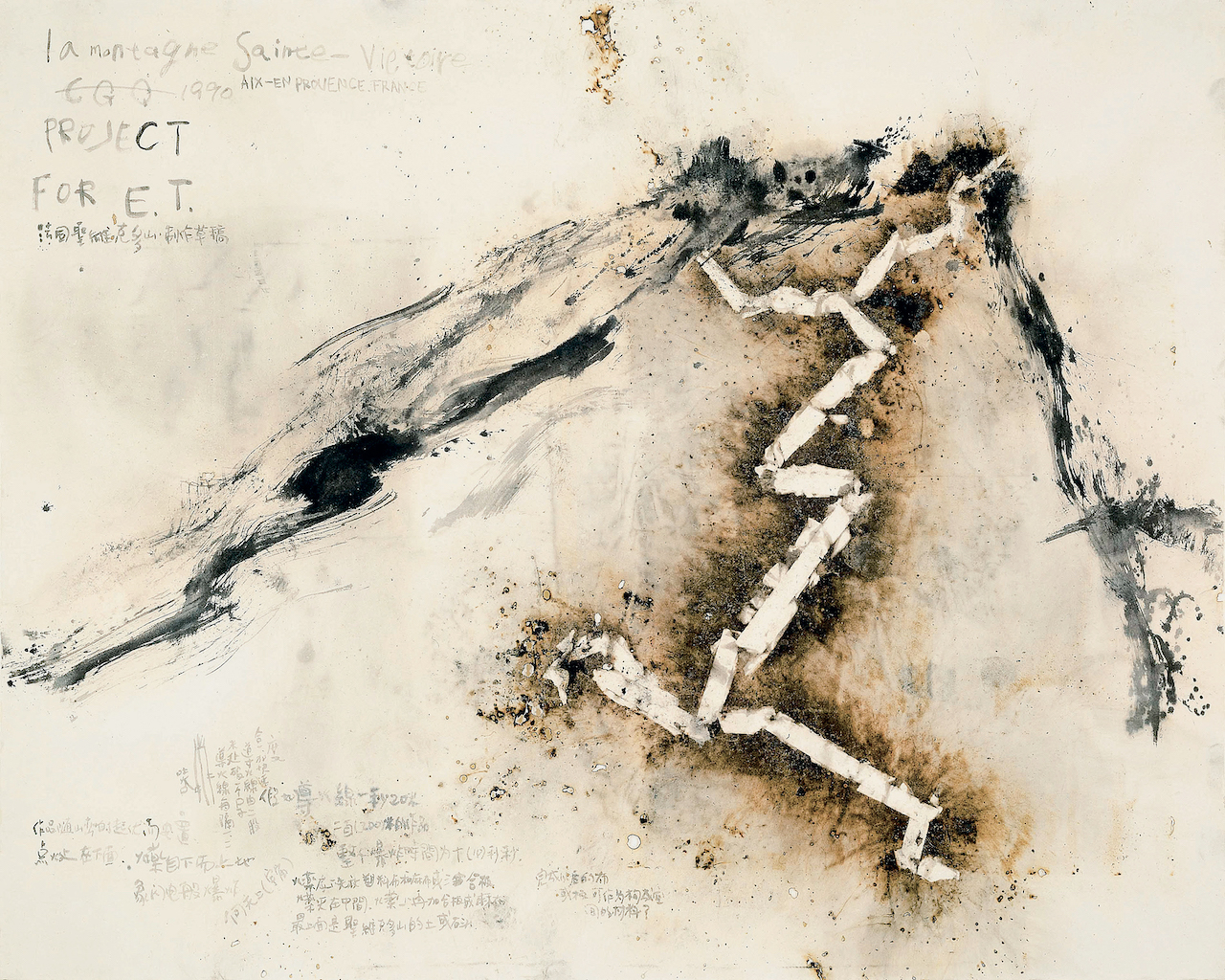
In recent years, the “Individual Journey Through Western Art History” project is Cai Guo-Qiang’s Time capsule, while
In the Volcano: Cai Guo-Qiang and Pompeii is an extremely important stop in the series. From the Pompeii ruins and archaeological discoveries, the pumice mantle containing gas, ash and mud has made people have different perceptions of ancient times. These irresistible natural disasters triggered another time and space at the same time. In 1989, intrigued by Stephen Hawking's
A Brief History of Time, Cai conceived a series called
Project for Extraterrestrials, trying to create art for the imaginary alien audience. He hopes that this series of works can "send a message to the vast universe, proving that gunpowder can not only cause destruction, but also present the other face of human beings without war or killing." In his view, gunpowder contained the power of the universe, about where we came from, where the universe came from, and about chaos, all the idea of chaos originated from explosions. Using gunpowder as a painting medium, and making full use of the contingency and destructiveness of gunpowder, his creation conveys a metaphysical thinking derived from Eastern philosophy and modern cosmology, and often reveals the mysteries and unknowable things of life.
Illusion II: Explosion Project, 2006, realized at Möckernstraße/ Stresemannstraße, Berlin, July 11, 9:30 p.m., 18 minutes, 2000 assorted firework shells, plaster, wood, and cardboard. Commissioned by the Deutsche Guggenheim [Ephemeral] Photo by Hiro Ihara, courtesy Cai Studio Cai Guo-Qiang during the creation of color gunpowder drawing for City of Flowers in the Sky: Daytime Explosion Event for Florence 2018, Photo by Sang Luo, courtesy of Cai Studio Ignition of gunpowder drawing, 2018, Photo by Kazuo Ono, courtesy of Cai Studio The Mystery Veil of NaplesAnother familiar name for Naples is "Na-Po-Li", which is the largest city in southern Italy. After generations of colonization and occupation, from the Romans, Normans, and Spanish to the rule of the Bourbon dynasty, it has created its cultural diversity, but it has also become a city with serious public security problems with a rampant Italian Mafia after World War II. The mafia here is even known as the magma in Naples. In this In the Volcano exhibition, Cai Guo-Qiang not only had a dialogue with the Roman Empire, but also confronted the ancient Greek civilization. From the marvelous collections of the National Archaeological Museum of Naples, the ancient Greeks created the romantic pinnacle of human history and left behind a beauty of eternity, just like the timelessness of Greek mythology. He bravely embarked on an adventure, trying to use new media to create, finding the creative connection in the cultural and art history of the region from Naples to Campania, glass, mirror, marble, ceramics, silk, plaster. These materials ingeniously evolved into a new background for gunpowder painting.
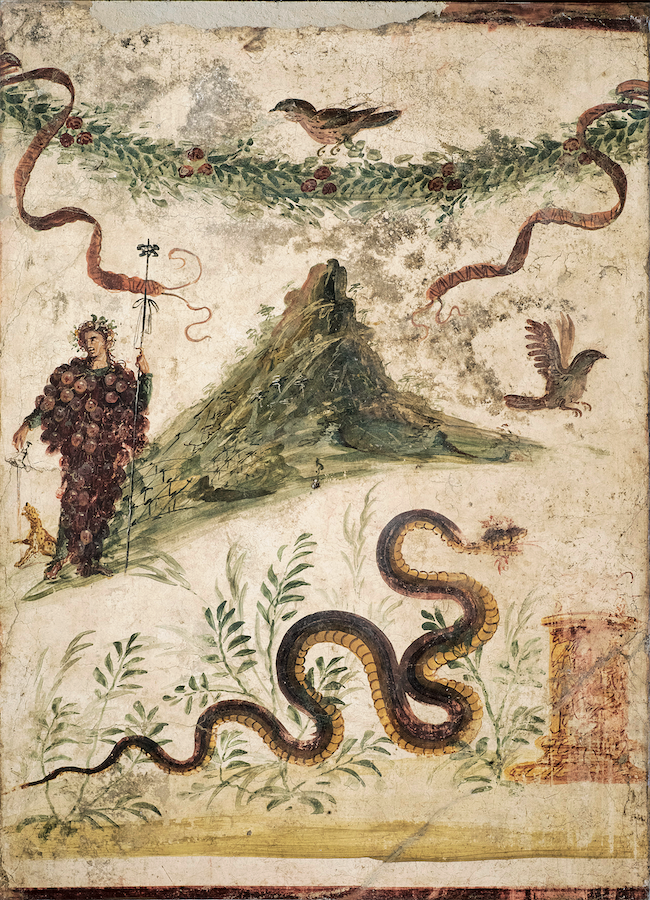
Since the 19th century, the progress of pyrotechnics has allowed fireworks to continue to evolve, by adding different metal powders to obtain new color effects, from gray-black powder to the present. Today’s firework shows that illuminate the night sky are not only New Year’s celebrations around the world, but also sporting events and popular entertainment activities that signify celebrations. In the past, the main purpose of setting off fireworks was not entertainment, but rather related to religious ceremonies, the sacred symbol of propaganda doctrine. Cai Guo-Qiang's splendid fireworks and fierce burning correspond to this prosperous and dreamlike city, with full respect and sentiments. In repeated blasts, the thousand years of erotic pleasure and the dark human nature of Naples have been unveiled. This complex emotional charm further highlights the contrast and tension in the explosion. Cai Guo-Qiang’s public execution of gunpowder painting work is not just a performance, but also a rigorous expectation "to connect the audience and the artist, so that they can experience the uncertainty and anxiety caused by the ignition of the fuse/gunpowder lead, and the unpredictable unexpected results.” This blasting of works in the Colosseum at the Pompeii site is already an incredible event, entering the explosive field of humanity and animality, and returning to the origin of Western art. Cai Guo-Qiang said: "In Pompeii, what we deal with is the "explosive device", let the gunpowder be itself." This is the reason why we feel strongly the vitality and power of his work when we see the collections and his creations in the museum.
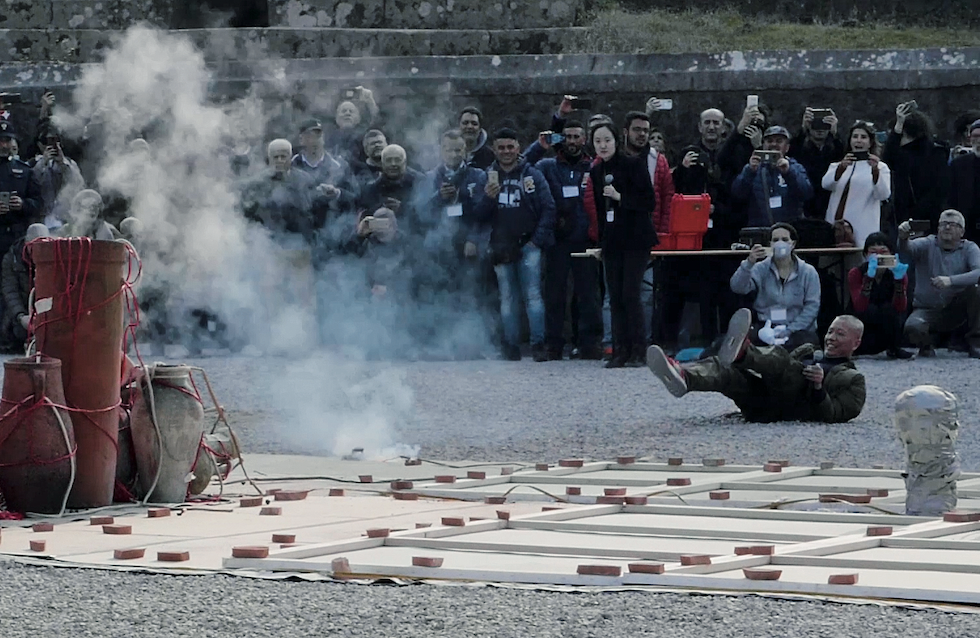
The exhibition
In the Volcano: Cai Guo-Qiang and Pompeii is a continuation of Cai Guo-Qiang's personal journey in Western art history. An artist from the East in the 21st century, with a unique technique of explosive blasting with gunpowder, makes dialogue with the essence of Western art, and explores the various possibilities of today's art. In the past 30 years, Cai Guo-Qiang has taken his gunpowder works to 24 countries and more than 40 cities around the world; he held nearly 70 solo exhibitions. His works have been collected by 57 domestic and overseas art museums and important institutions, such as the Guggenheim Museum in New York, Metropolitan Museum, Paris Pompidou, London Tate Collection etc..
In the past few years, by initiating “Individual Journey Through Western Art History” project, Cai Guo-Qiang re-examined the classics of Western art history studied in his youth to explore the contemporary problems of painting. At the Archaeological Site of Pompeii and the National Archaeological Museum of Naples, he makes dialogue with ancient Greek and Roman civilizations, in-depth exploration of the Renaissance at the Uffizi Gallery in Florence, restarting the Spanish Golden Age at the Prado Gallery in Madrid, and facing social realism and the avant-garde at the Pushkin Gallery in Moscow, paying tribute to modernism at the Guggenheim Museum in New York, and the encounter with Cézanne in France, and the ongoing art travel...Taking oriental culture and spirit as a mirror, reflecting a period of Western art history represented by these collections, to explore the possibility of painting and sculpture today, and to pursue classics, timeless works and the spirit of creativity of masters.
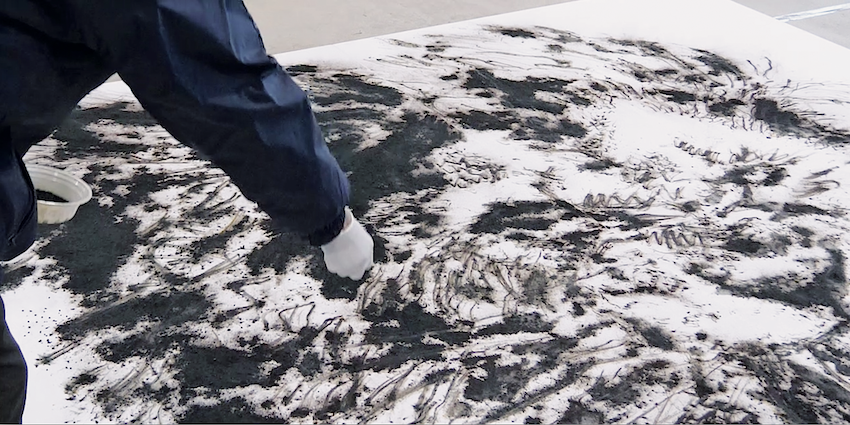
For Cai Guo-Qiang, art is almost a sort of martial art. This is a fighting sport. The artist said about his work, "For me, looking at a painting is like watching a boxing match between two kung fu masters. When you repaint in your own way, it's like playing against a master." At The Prado in Madrid, he exchanged art with El Greco and Goya. By definition, isn't an artist a creator who faces himself and the artists before him? In his autobiography,
Cai Guo-Qiang: That's How I Think, the artist claimed that his artistic gesture was "eager to defy painting." In the online exhibition hall, Cai Guo-Qiang used a new creative medium. He changed his posture and took risks. Starting again. Create. Glass, mirrors, marble, ceramics, silk, plaster... the artist has discovered a new background for lit gunpowder painting in the cultural and artistic history of Naples, as well as in the Campania region. In order to produce a new collection of works, Cai used Chinese, Japanese and Italian gunpowder. The performances in the Pompeii Amphitheater are also different from those created by Cai or live performance. If there is a part of Pompeii culture in the collection of the Mann Center for the Performing Arts, this is a sign of Cai Guo-Qiang’s exploration; it is undoubtedly an ambiguous hypothesis of these works. This is consistent with one of the recurring themes of the artist. Pompeii is a city of art, civilization and entertainment. There are some deities in this story that make us wonder about the frustrating fragility of any culture. However, Cai Guo-Qiang came from the post-Cultural Revolution era and regarded this vulnerability as conveying the will and spirit of survival after the storm. In 2020, Cai Guo-Qiang will broadcast live on Charente River in Cognac, France, and will release a new blasting work
The Birth of Tragedy. Twenty thousand fireworks will be launched from 150 wine barrels floating on the river. Three scenes of fireworks, in the form of a poem, a calligraphy, and a play, paying tribute to all mankind who face the fear of the epidemic but still embrace courage and hope, showing multiple moods of life such as loneliness, isolation, reflection, indomitability, and optimism.
Viewing Appointment:+886 903-320-018
30 minutes/ Reserve a time for you and an (optional) guest to visit our Online-Exhibition room in real at ALIEN Art Centre, open on Tuesdays-Saturdays at 10AM–6PM. / Advance appointments are required.
Please note that we are following these COVID-19 precautions:
- Face masks are required
- Observe social distancing of 6+ feet
Cai Guo-Qiang, Gunpowder Test on Marble No.1, 2018, Gunpowder on marble, 50 x 50 cm Cai Guo-Qiang, Cai Gazing at Venus, 2019, Gunpowder on canvas, 200 x 150 cm Cai Guo-Qiang, Gunpowder Test on Glass, 2018, Gunpowder Test on Glass, mounted on mirror Cai Guo-Qiang, Memory of Pompeii: Glass No.1, 2019, Gunpowder on glass, 300 x 150 cm Les Bourgeois de Pompeii, 2019, Gunpowder on plaster, Set of 4 sculptures, installation dimensions variable Cai Guo-Qiang, Pompeiian Liaison No.1, 2019, Gunpowder on canvas, 300 x 150 cm Cai Guo-Qiang, Pompeiian Liaison No.4, 2019, Gunpowder on canvas, 300 x 150 cm, Collection of the Artist Cai Guo-Qiang, Pompeiian Liaison No.3, 2019, Gunpowder on canvas, 300 x 150 cm Cai Guo-Qiang, Venus on Silk, 2019, Gunpowder on silk, 340 x 170 cm (detail), Collection of the Artist Cai Guo-Qiang, Study for Pompeii No.1, 2018, Gunpowder on canvas, 28 x 35.5 cm


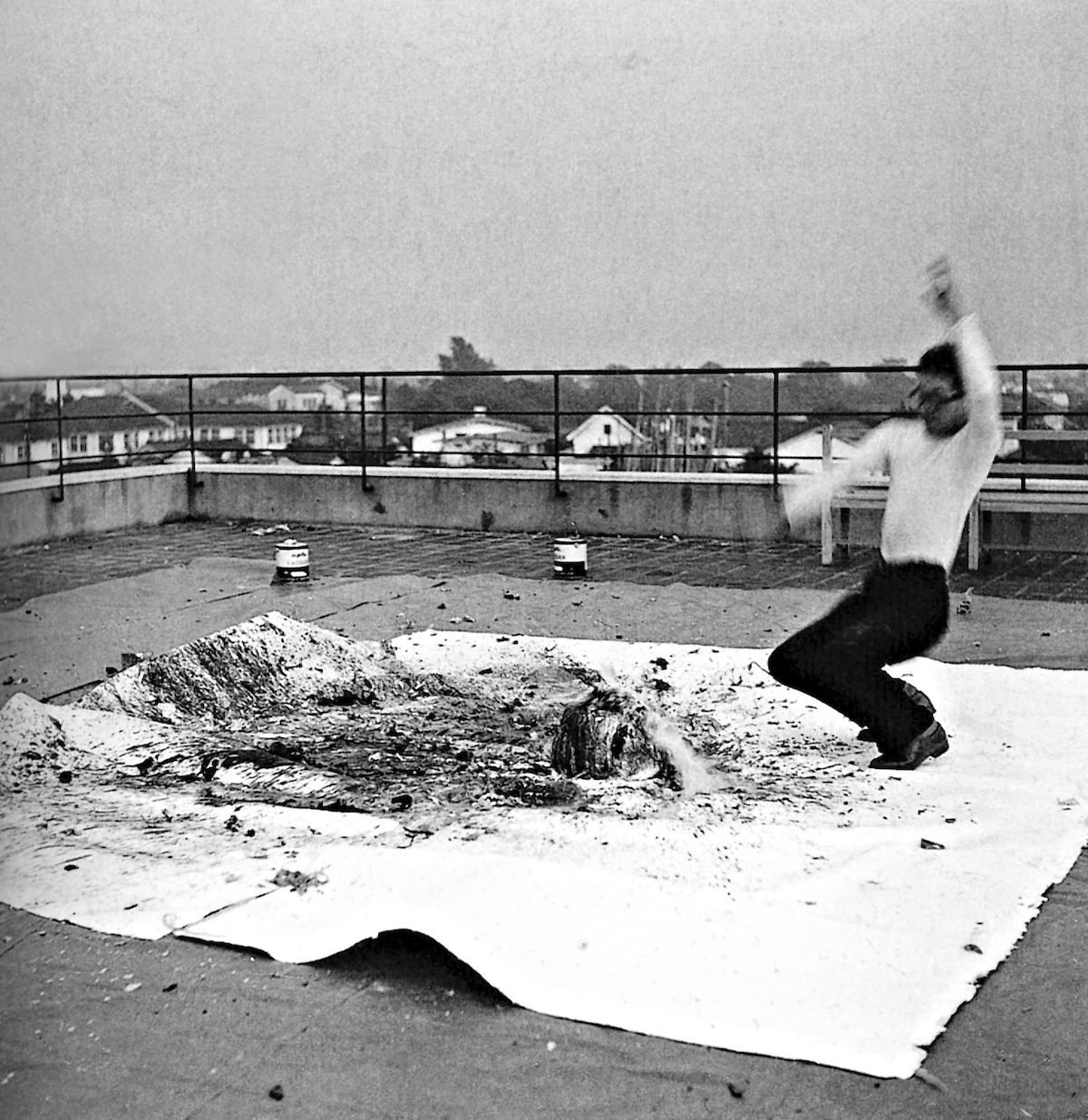
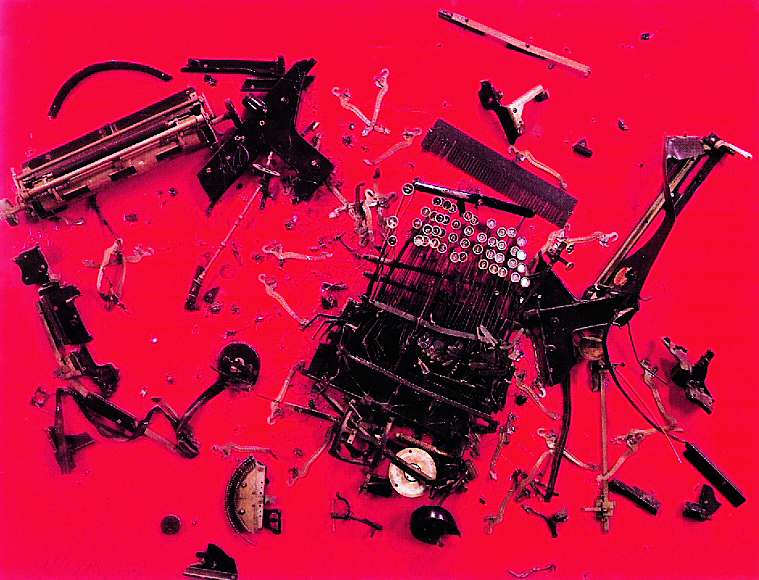
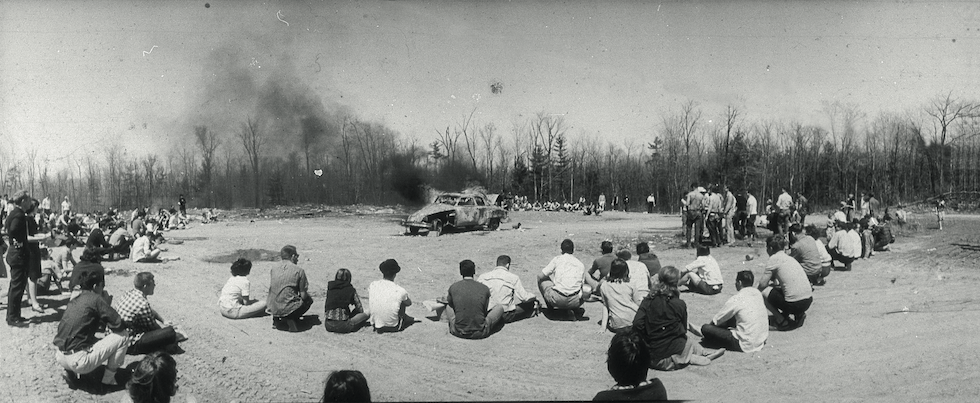
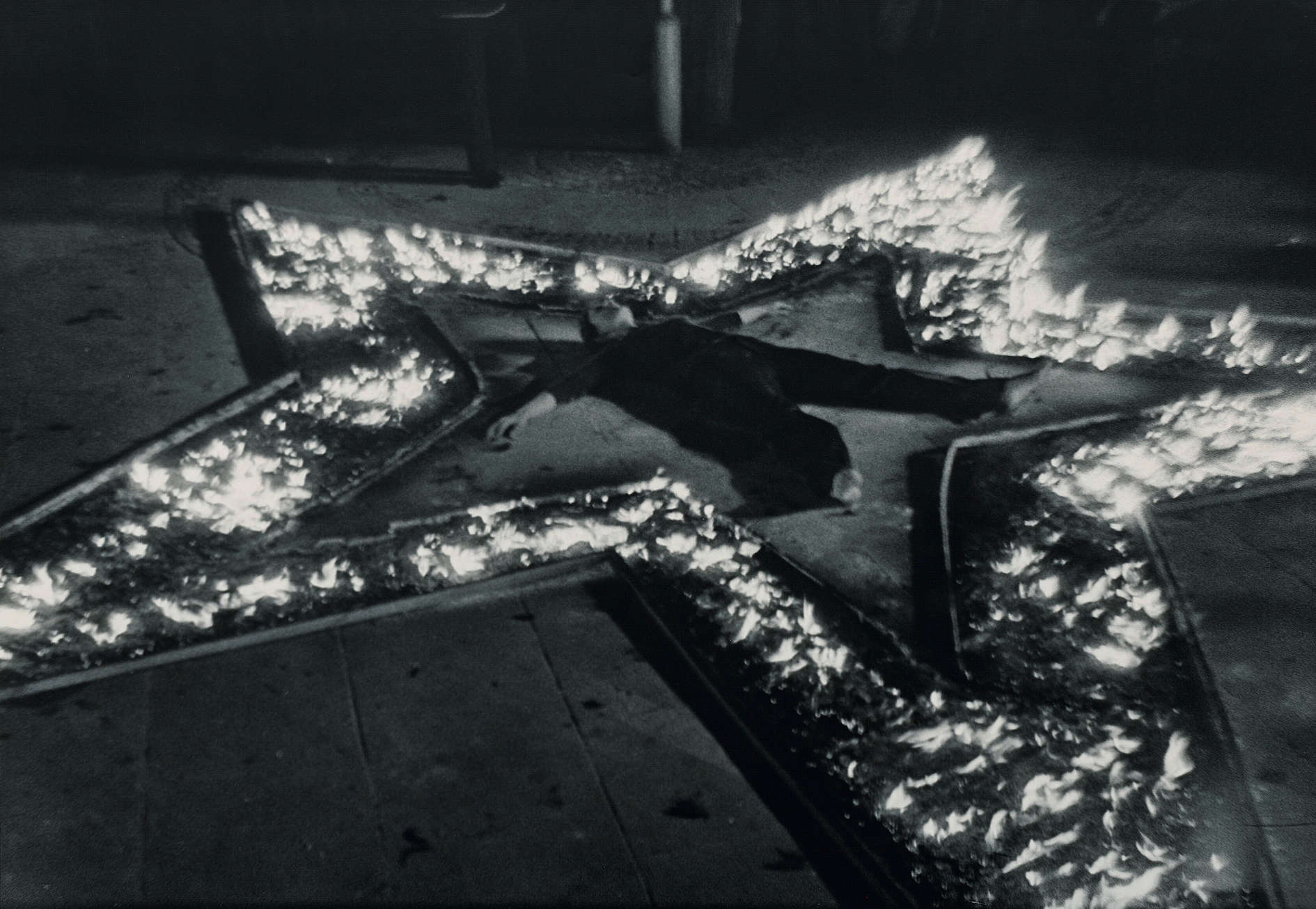
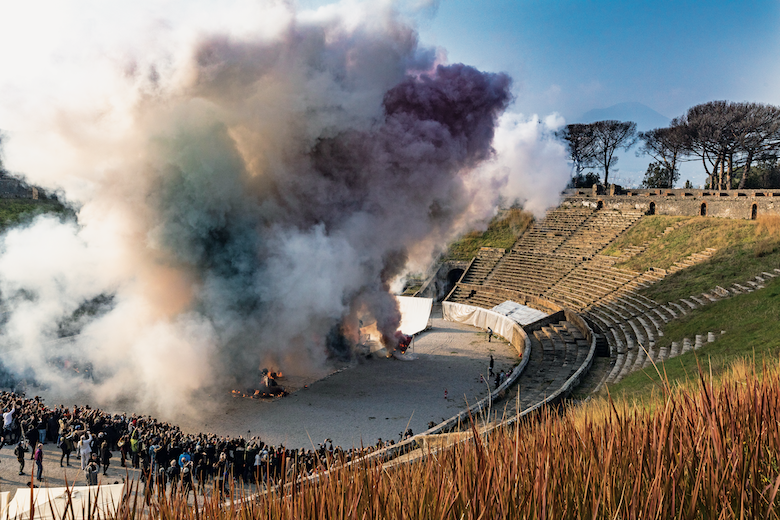

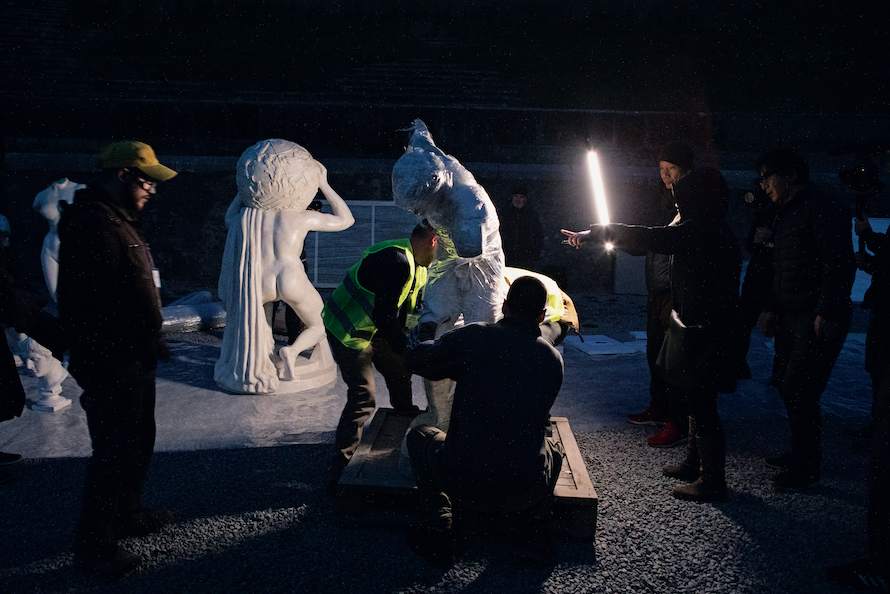
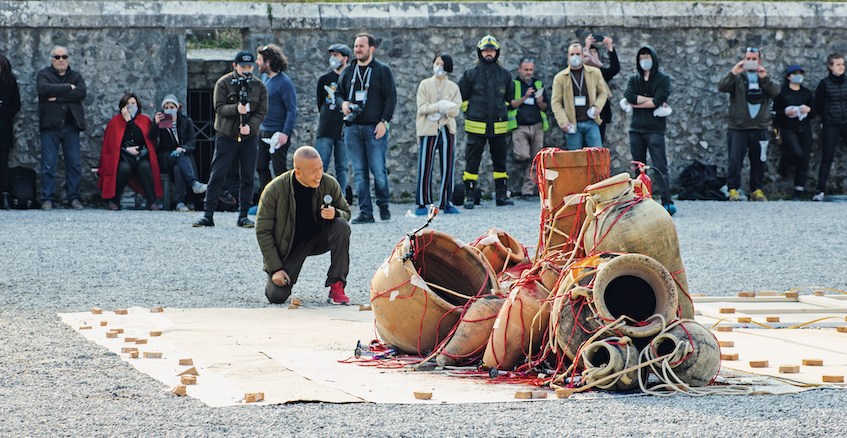
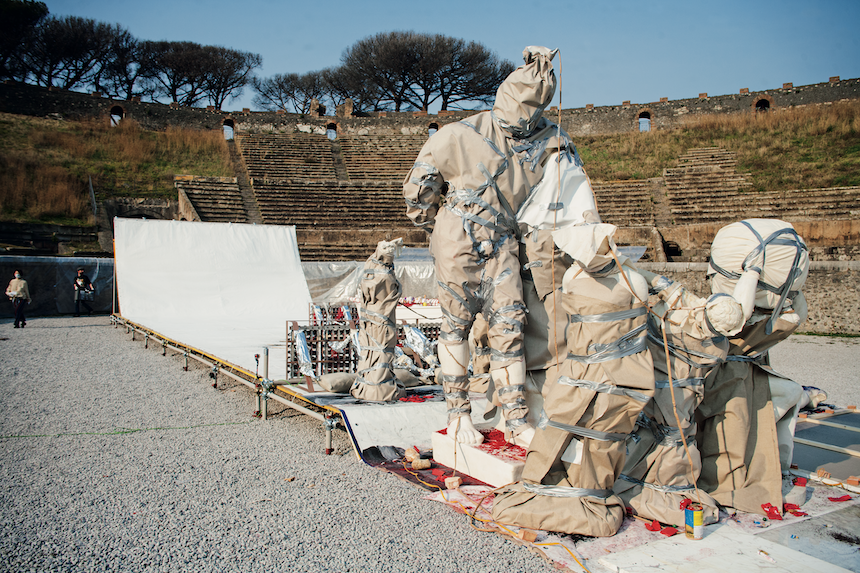
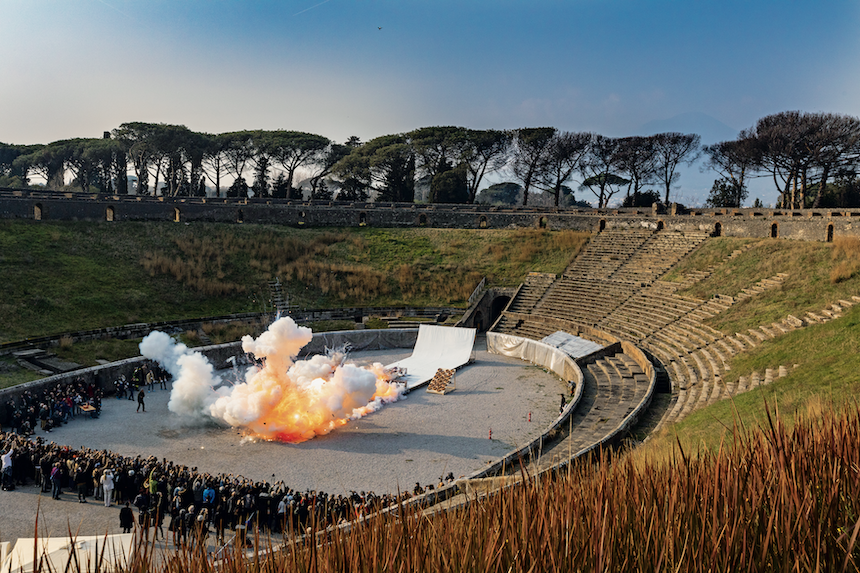
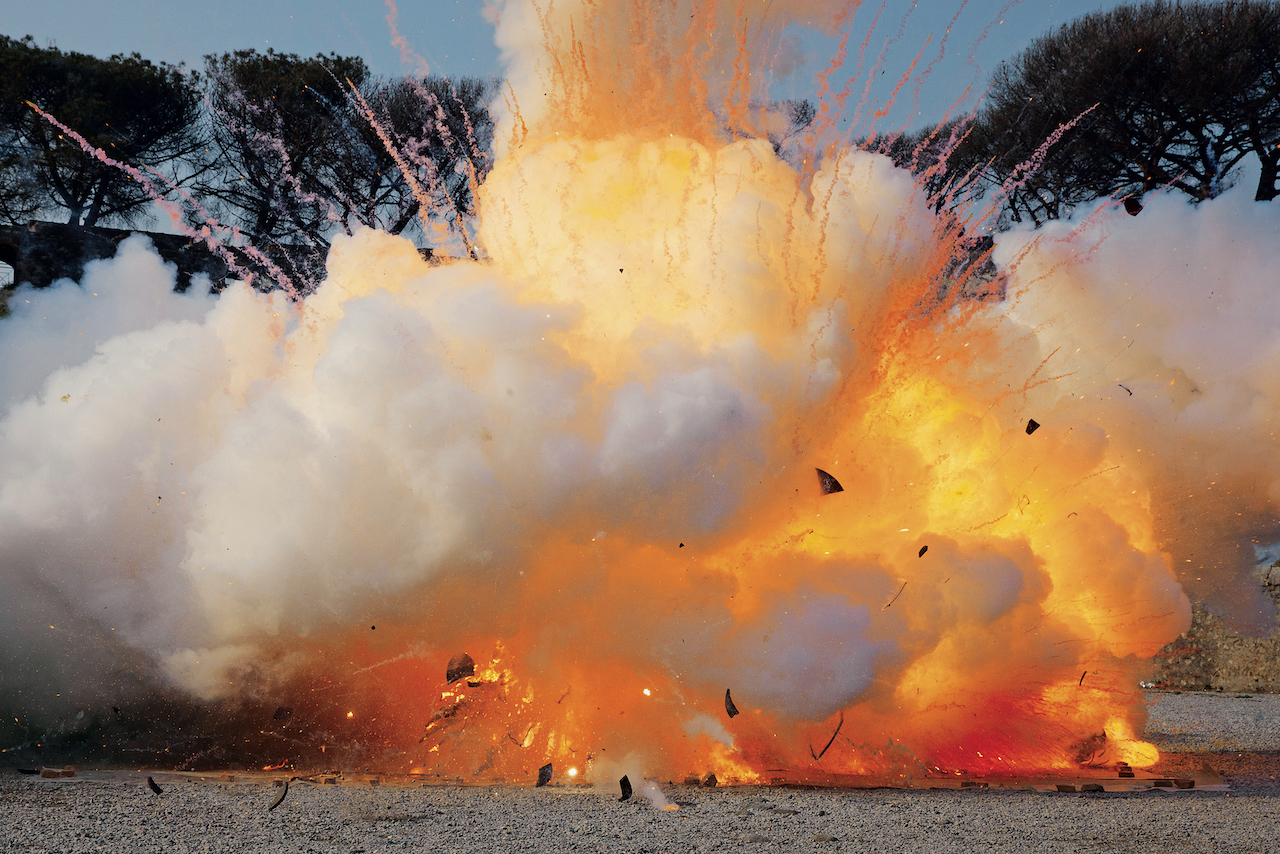
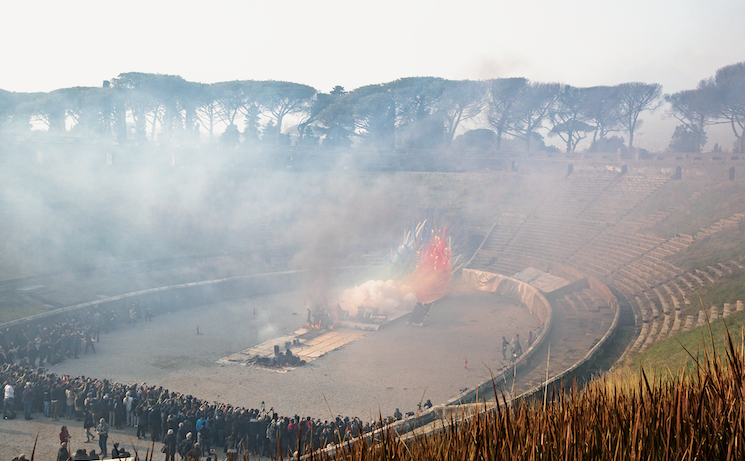
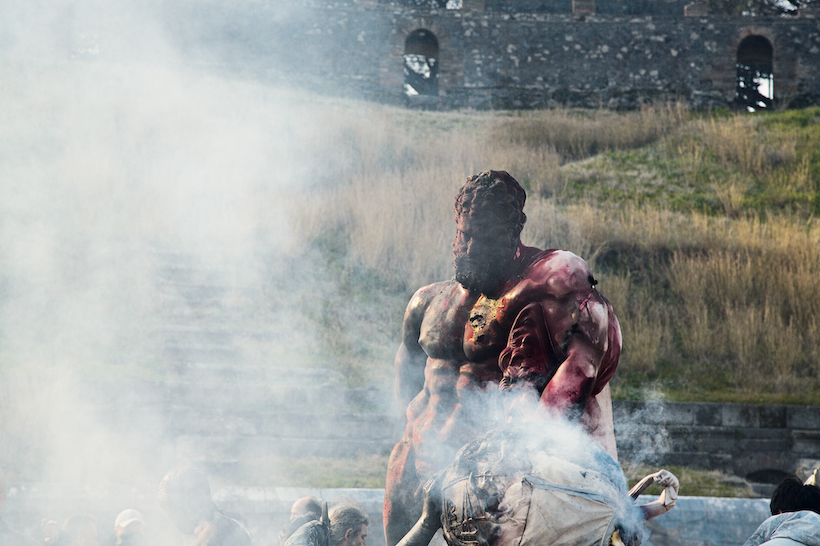
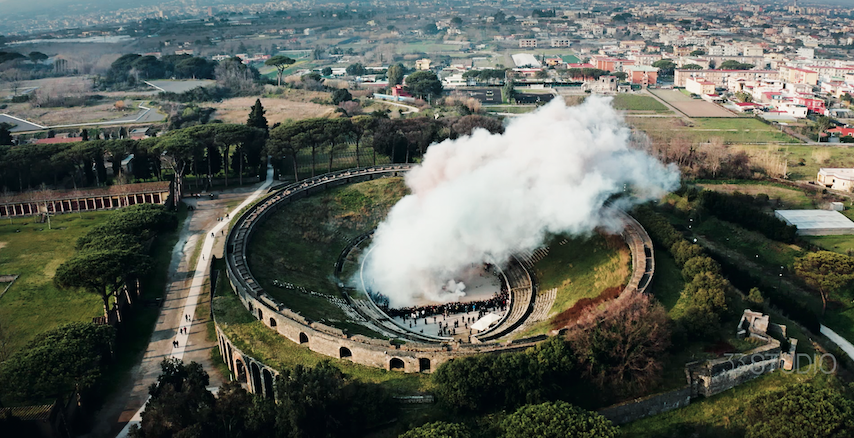

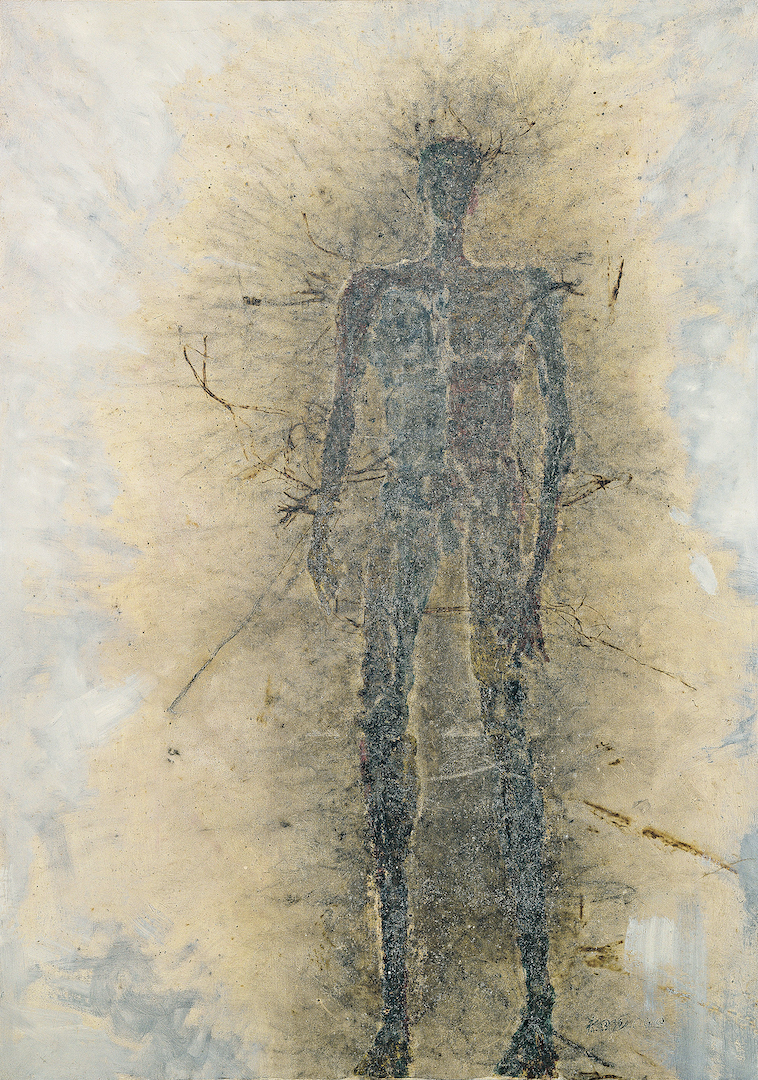
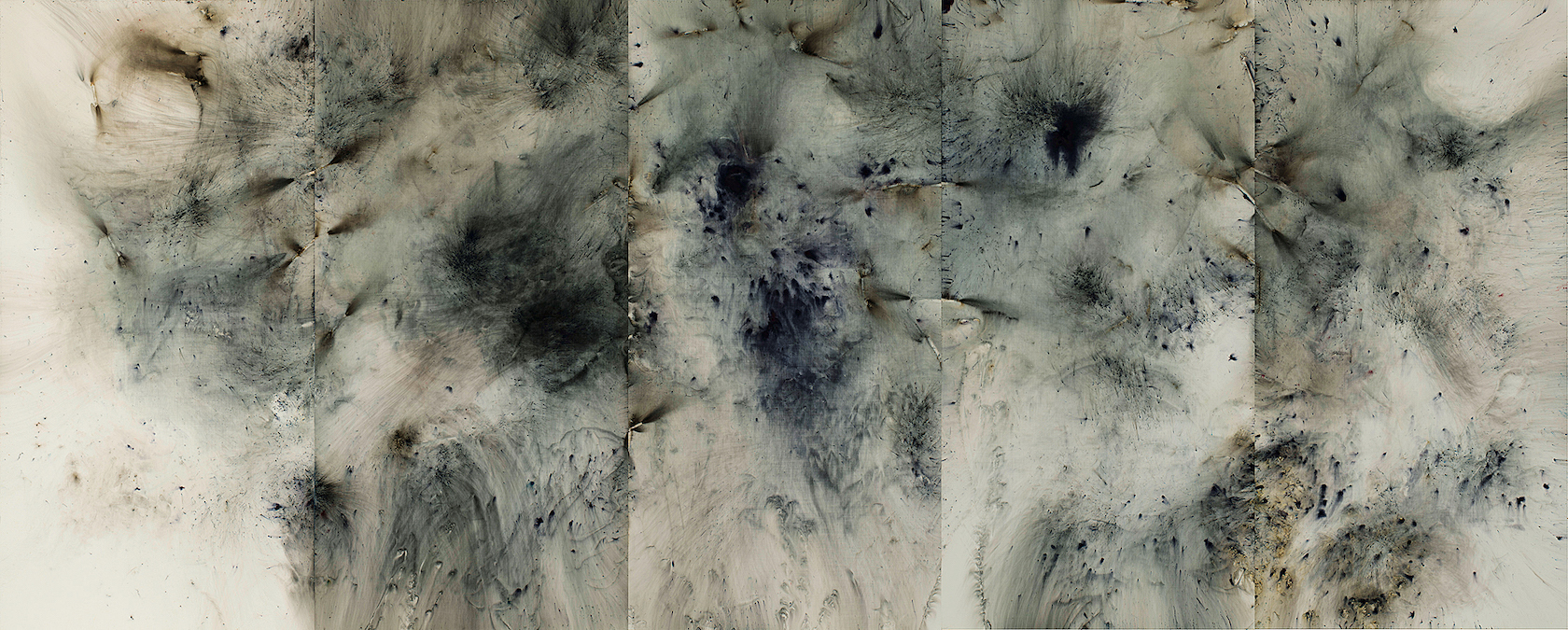
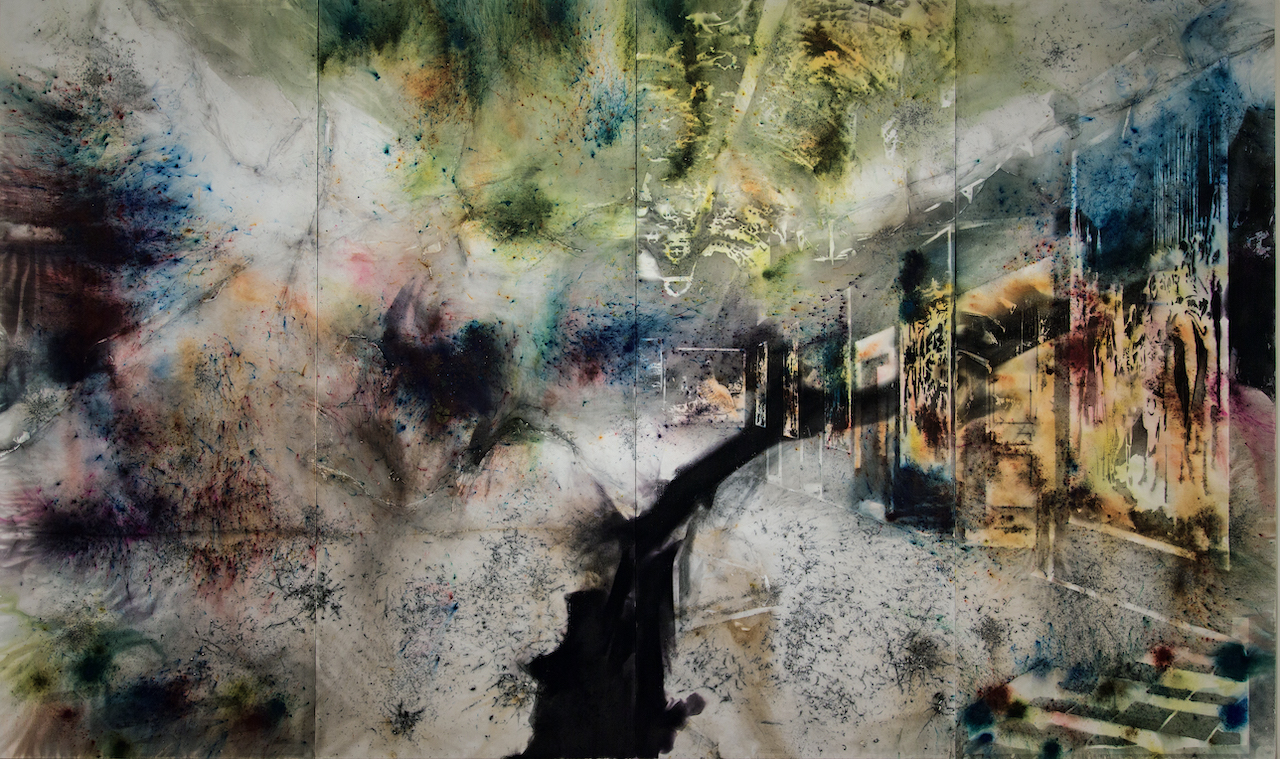
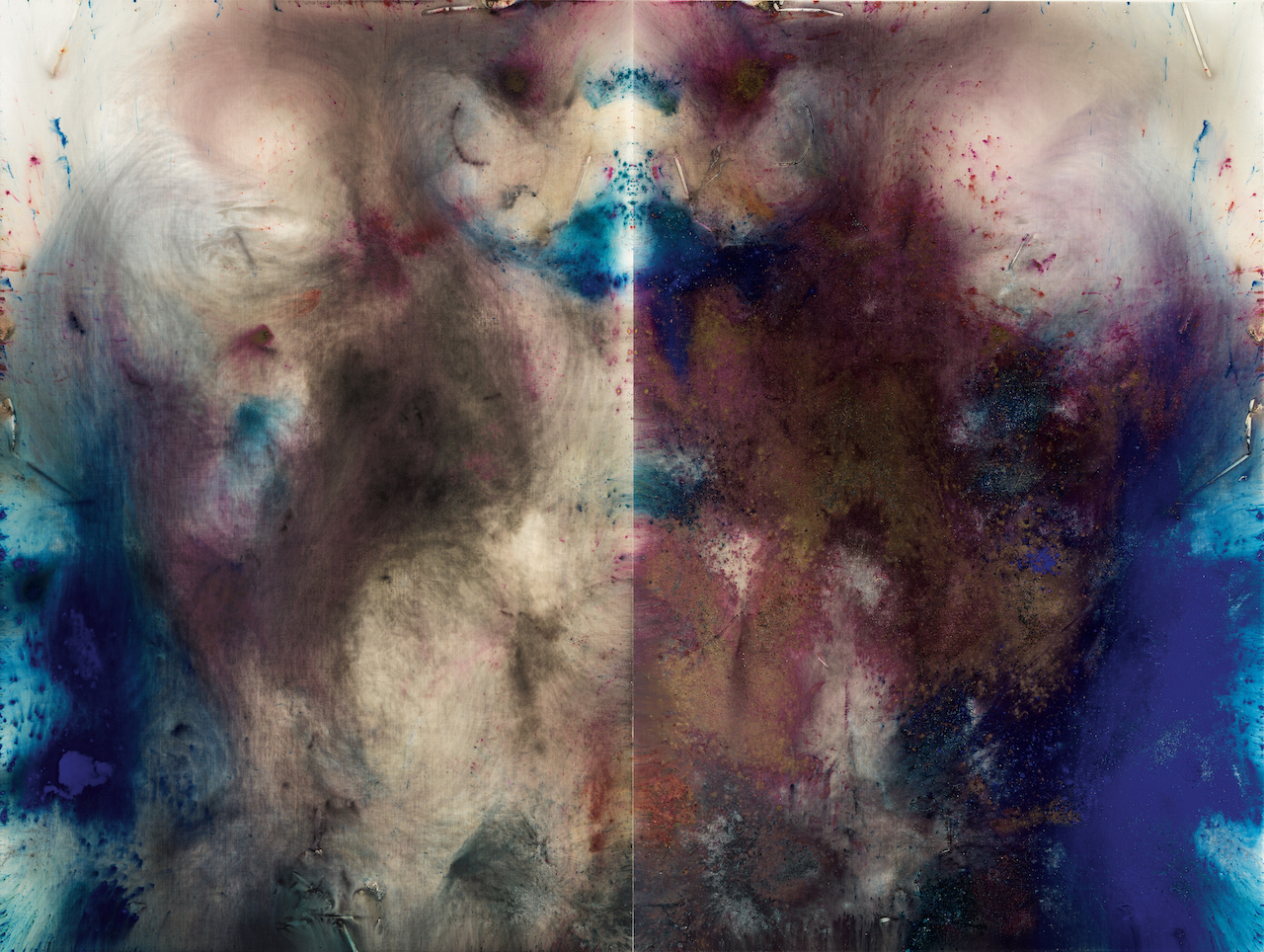
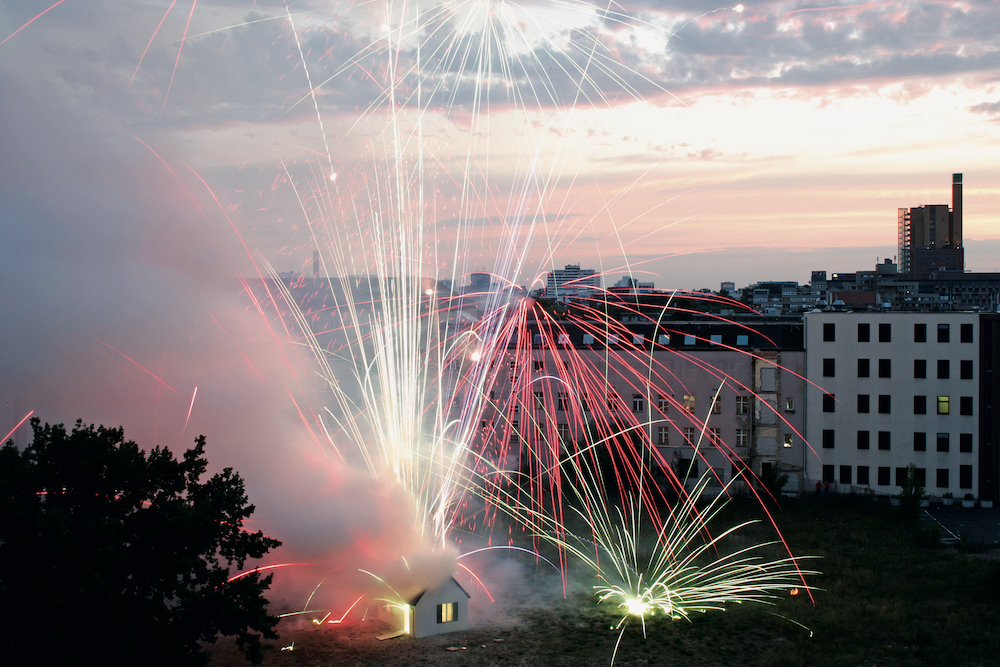
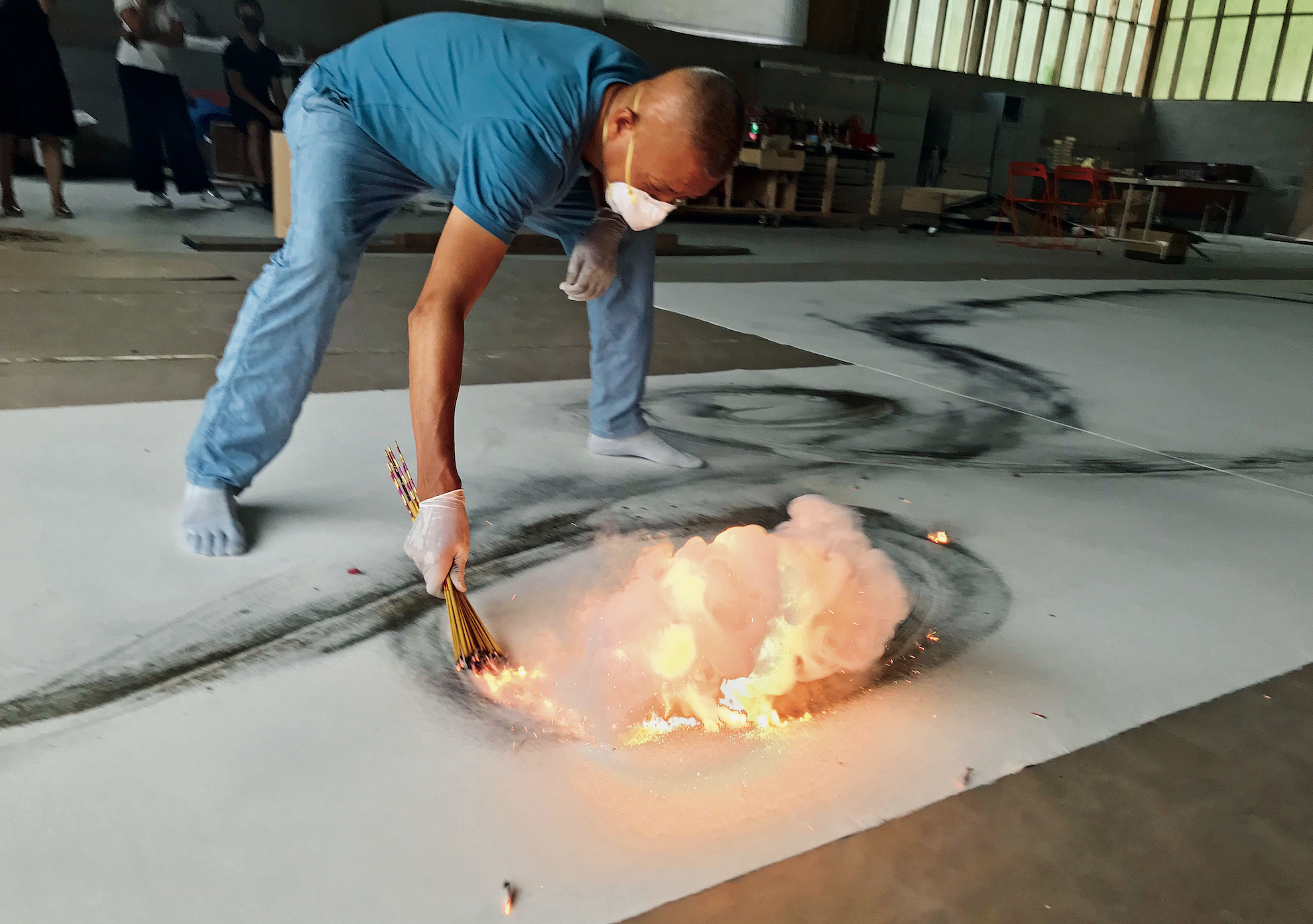
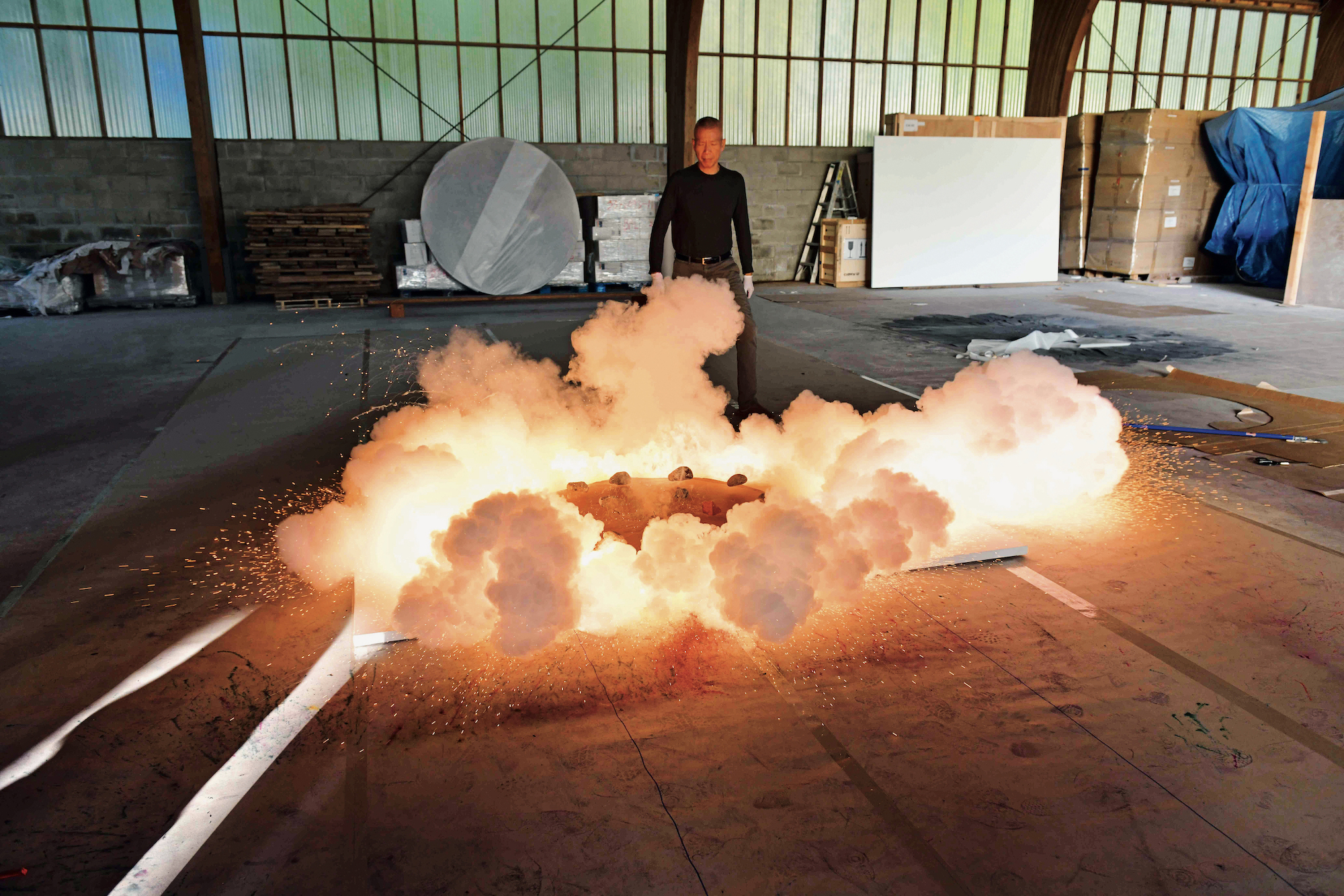

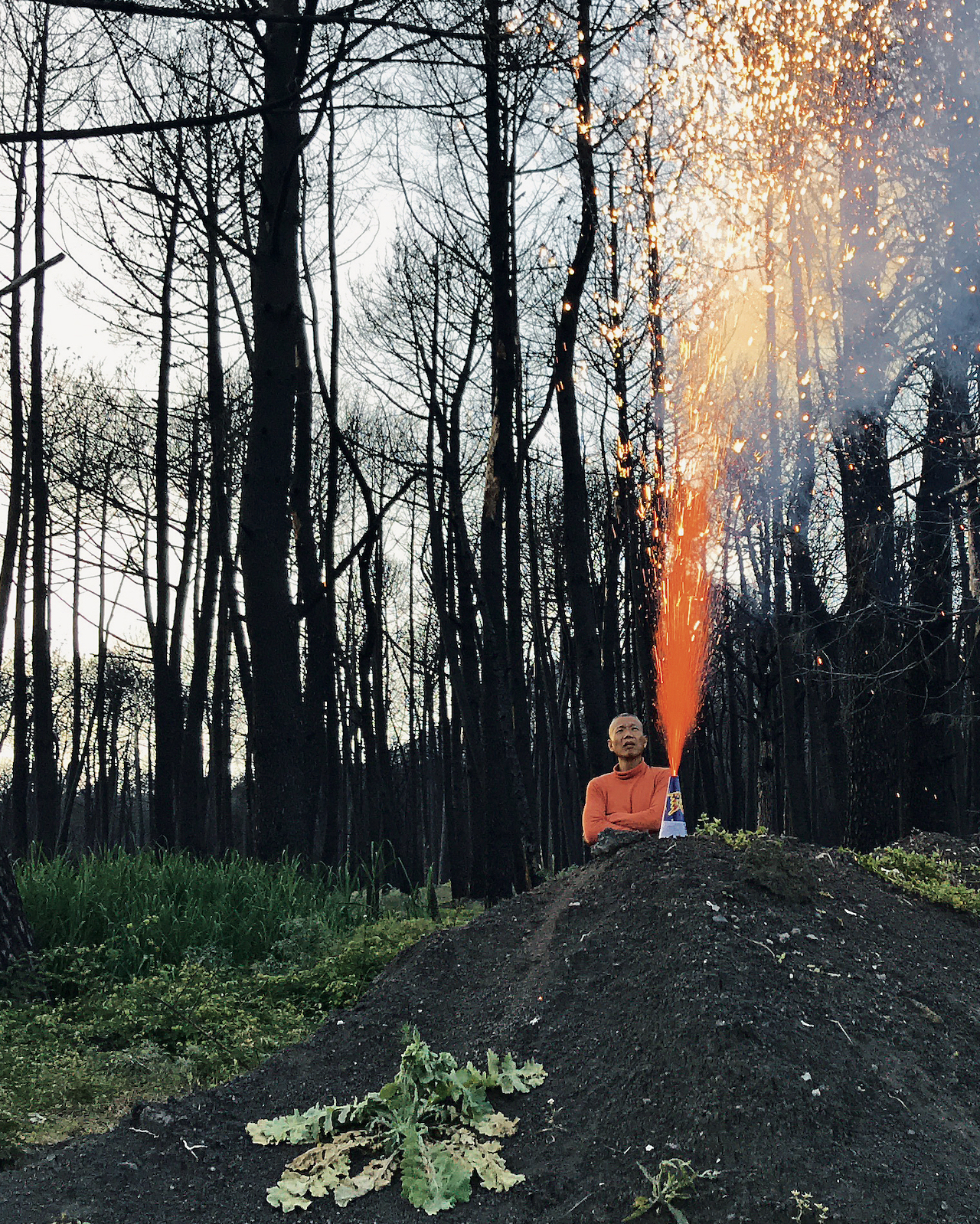

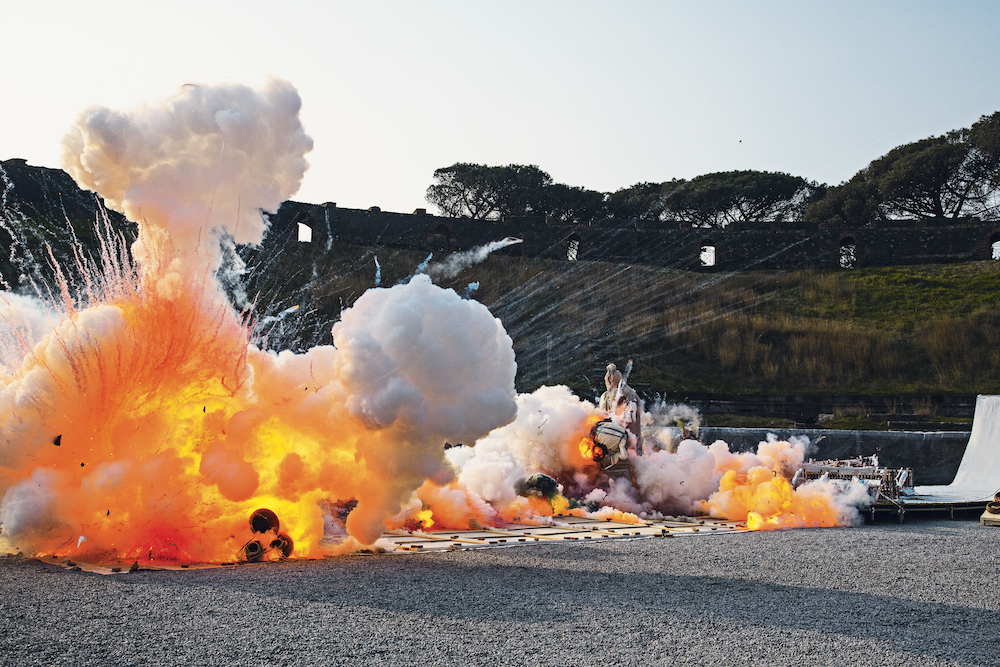
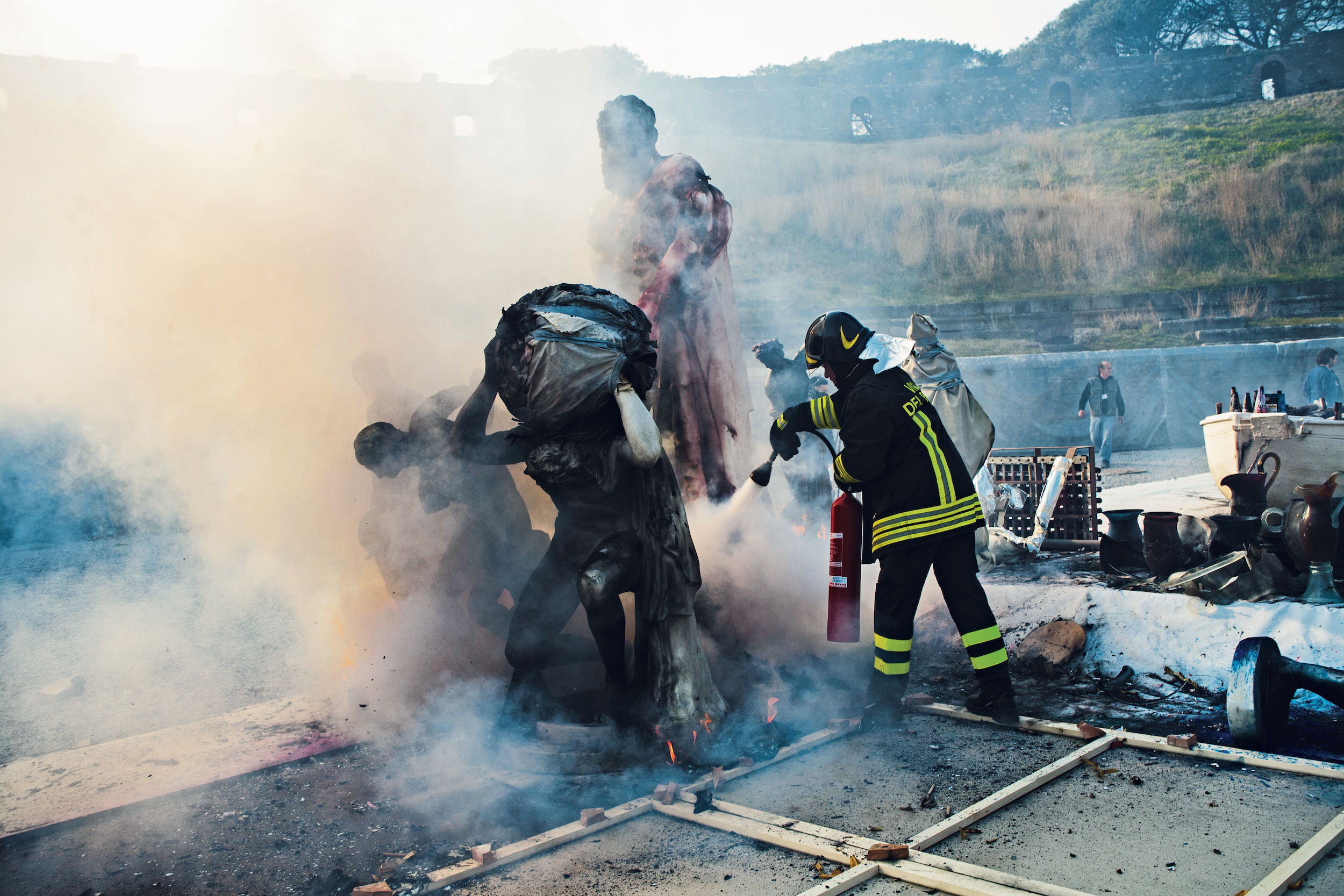

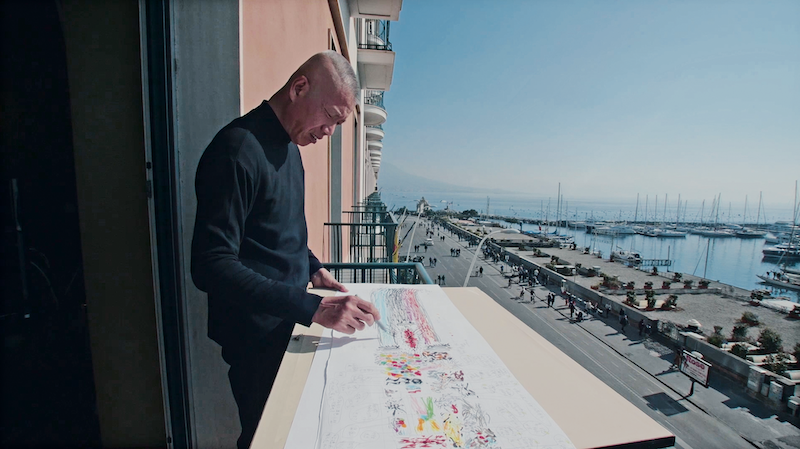
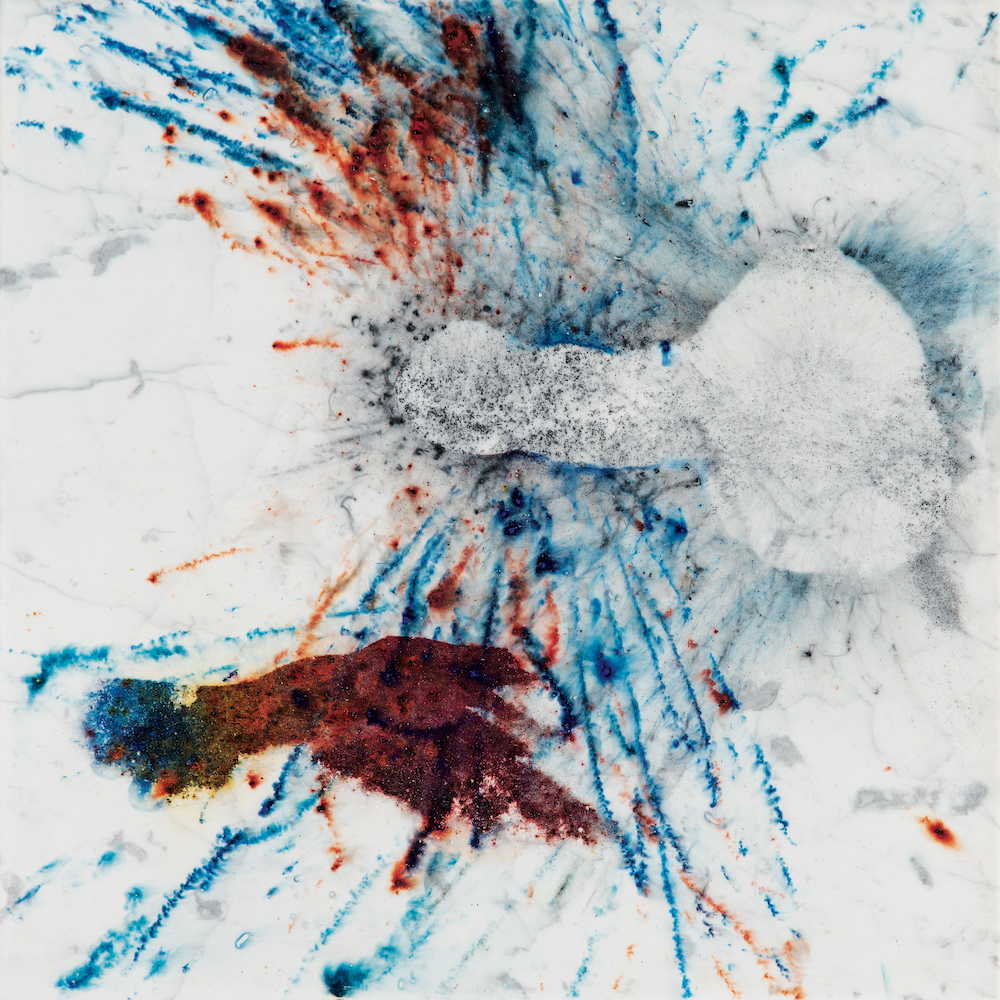
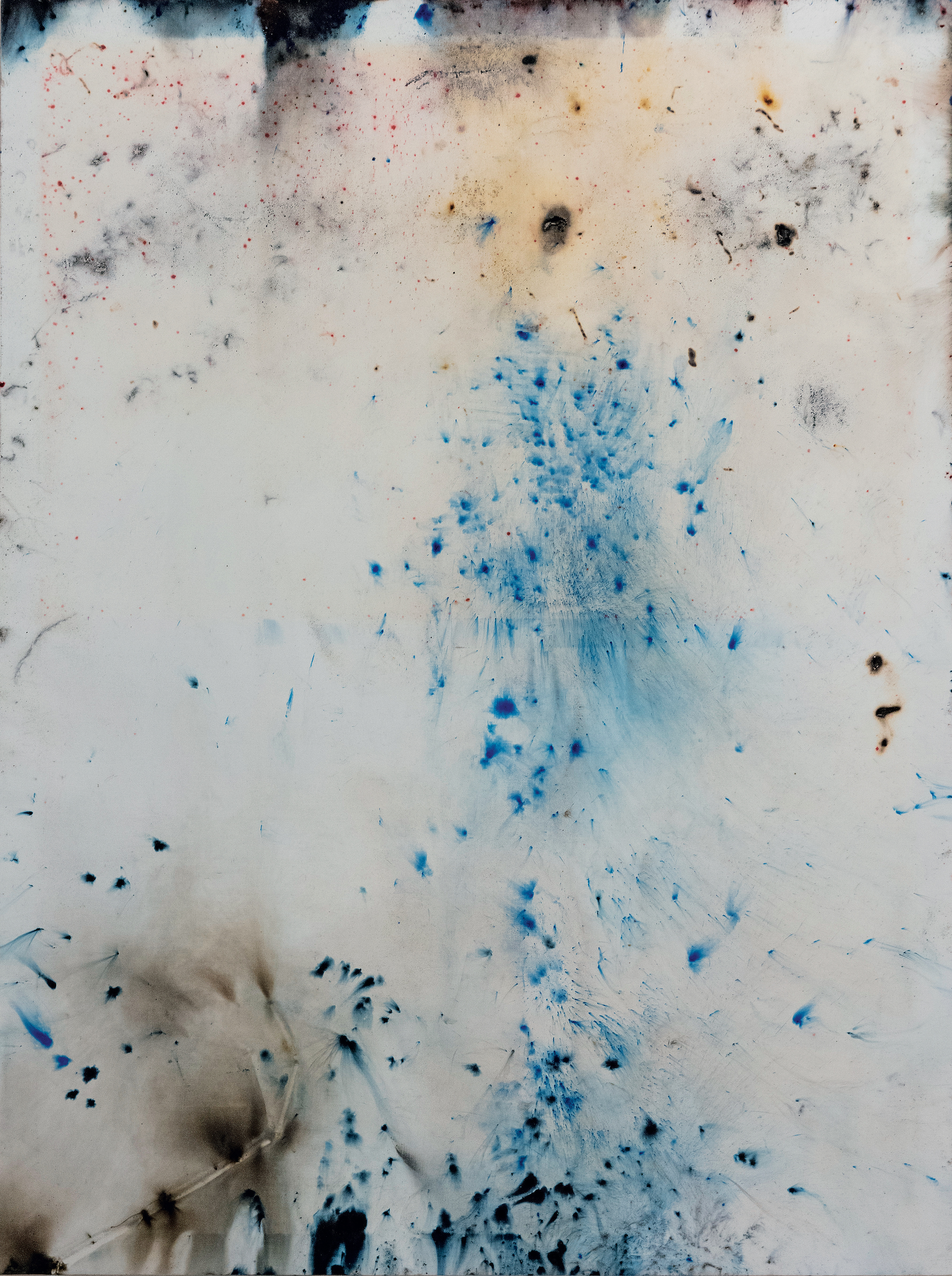
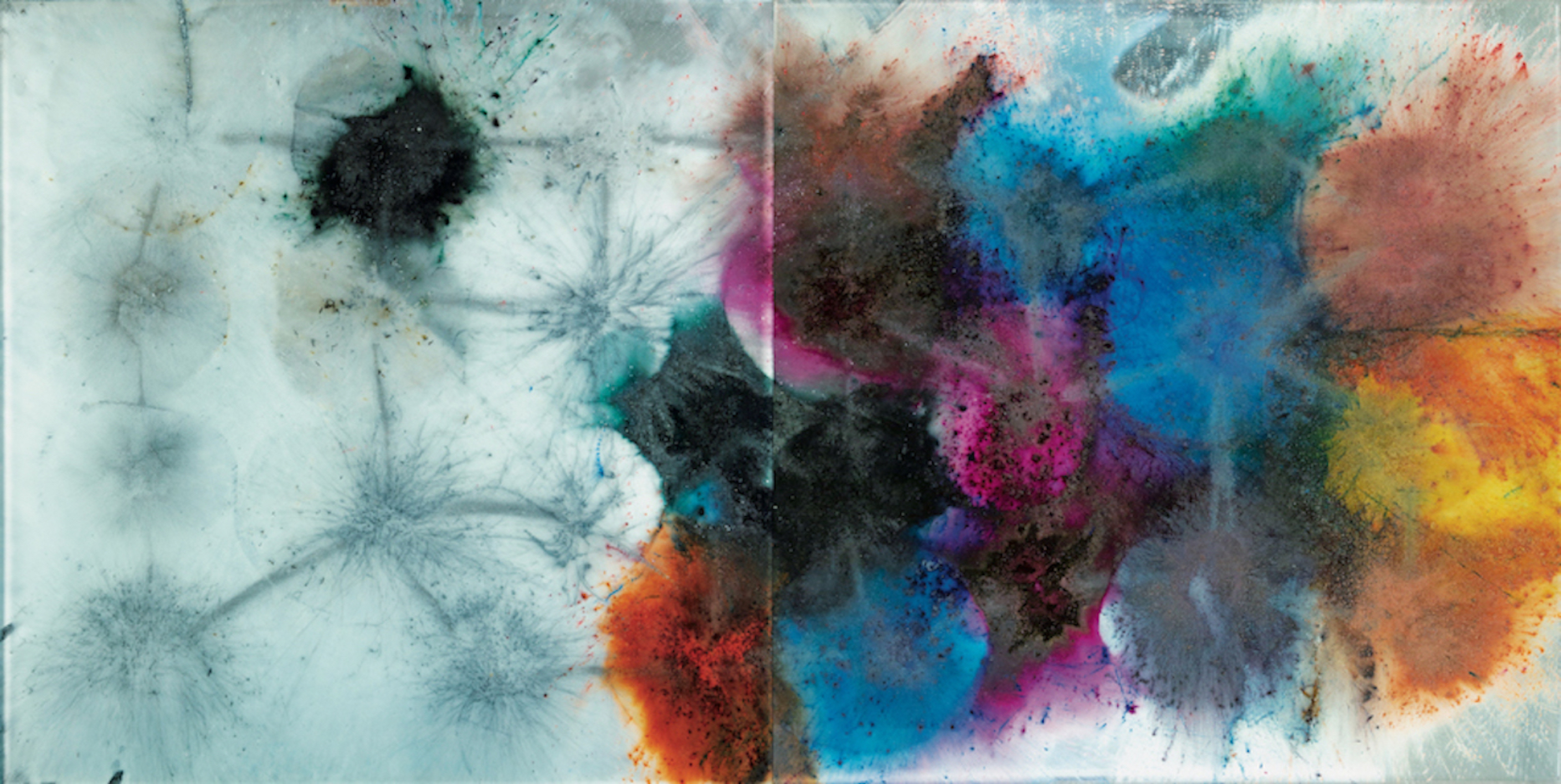
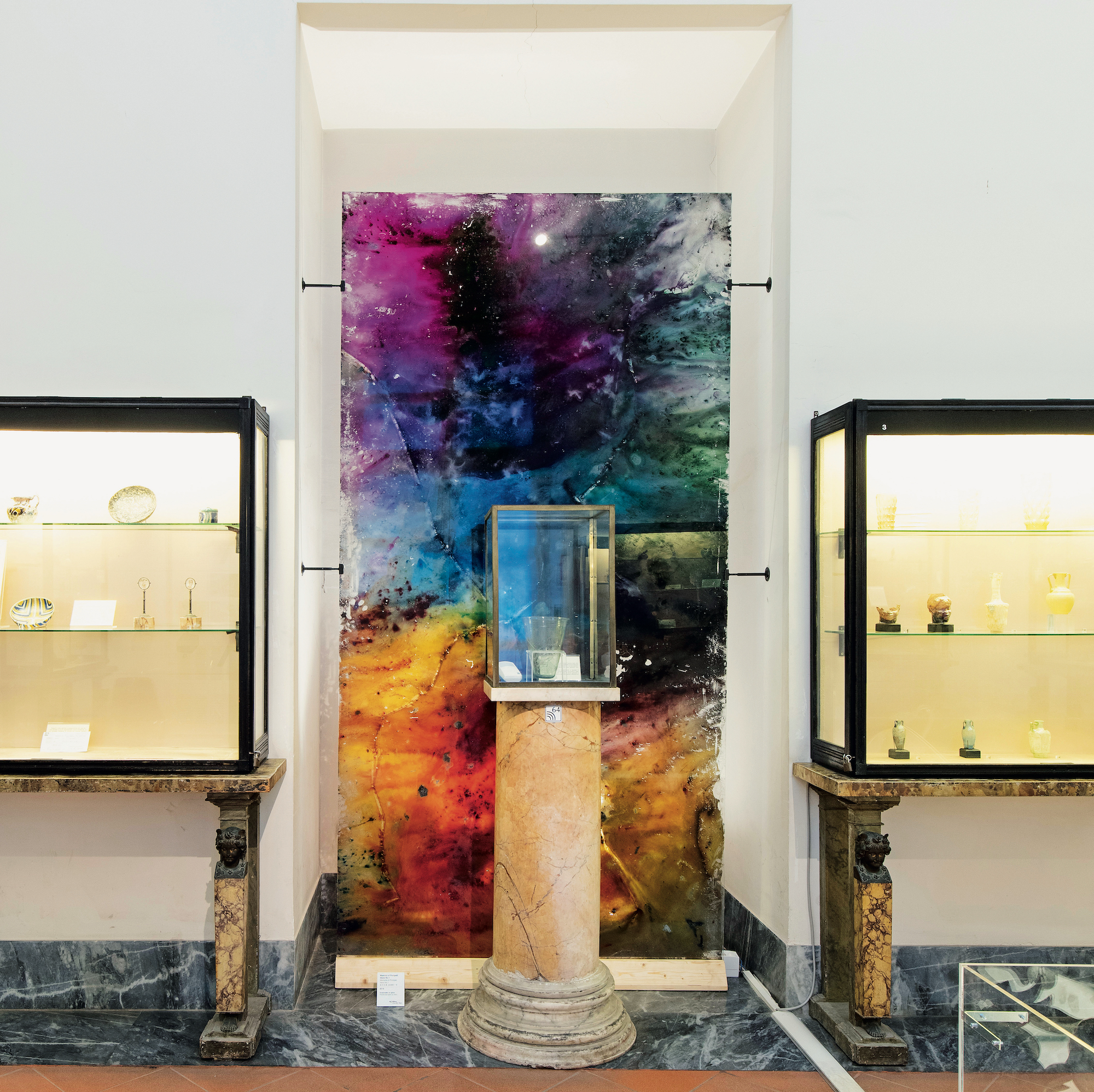
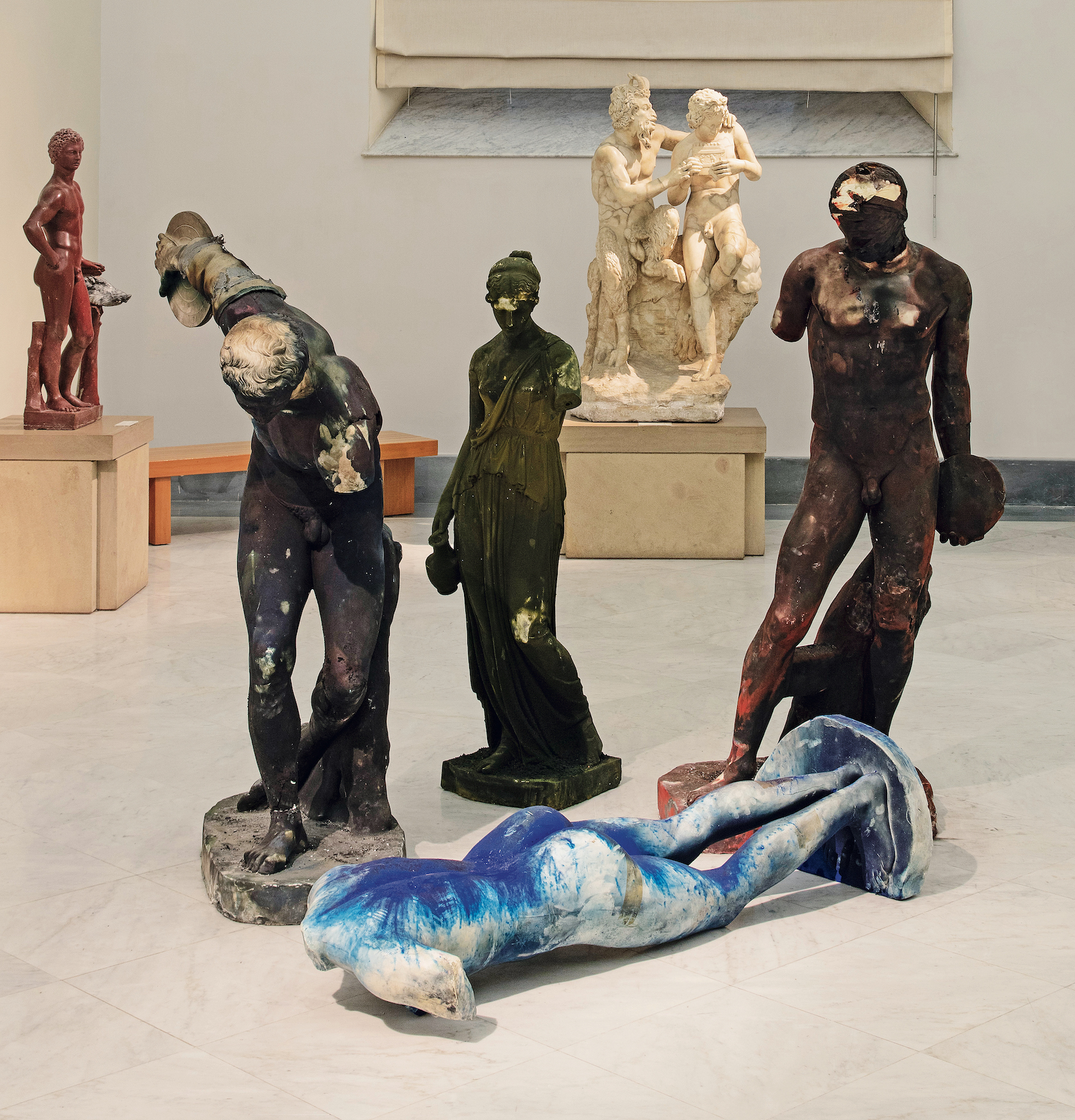
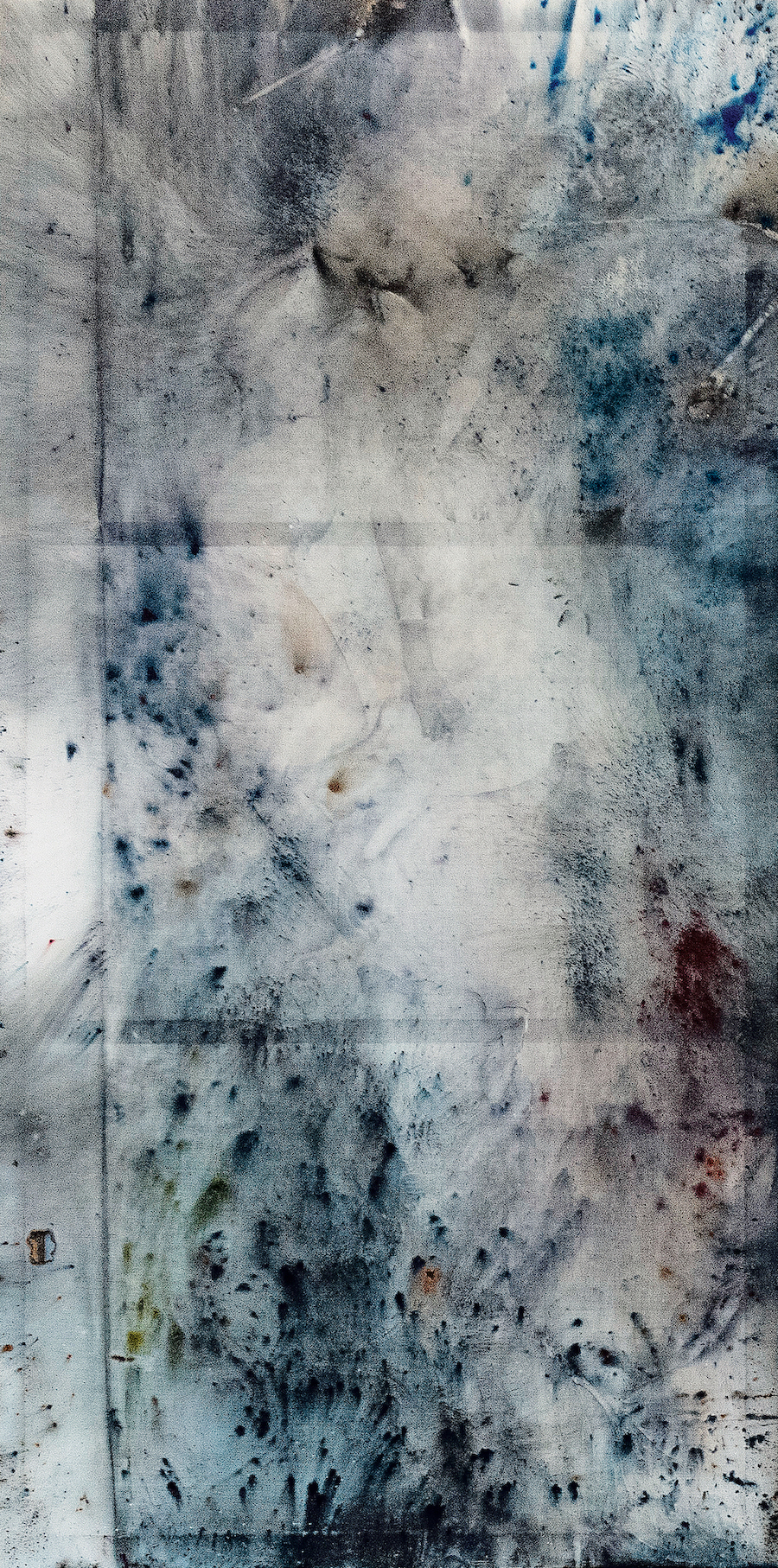
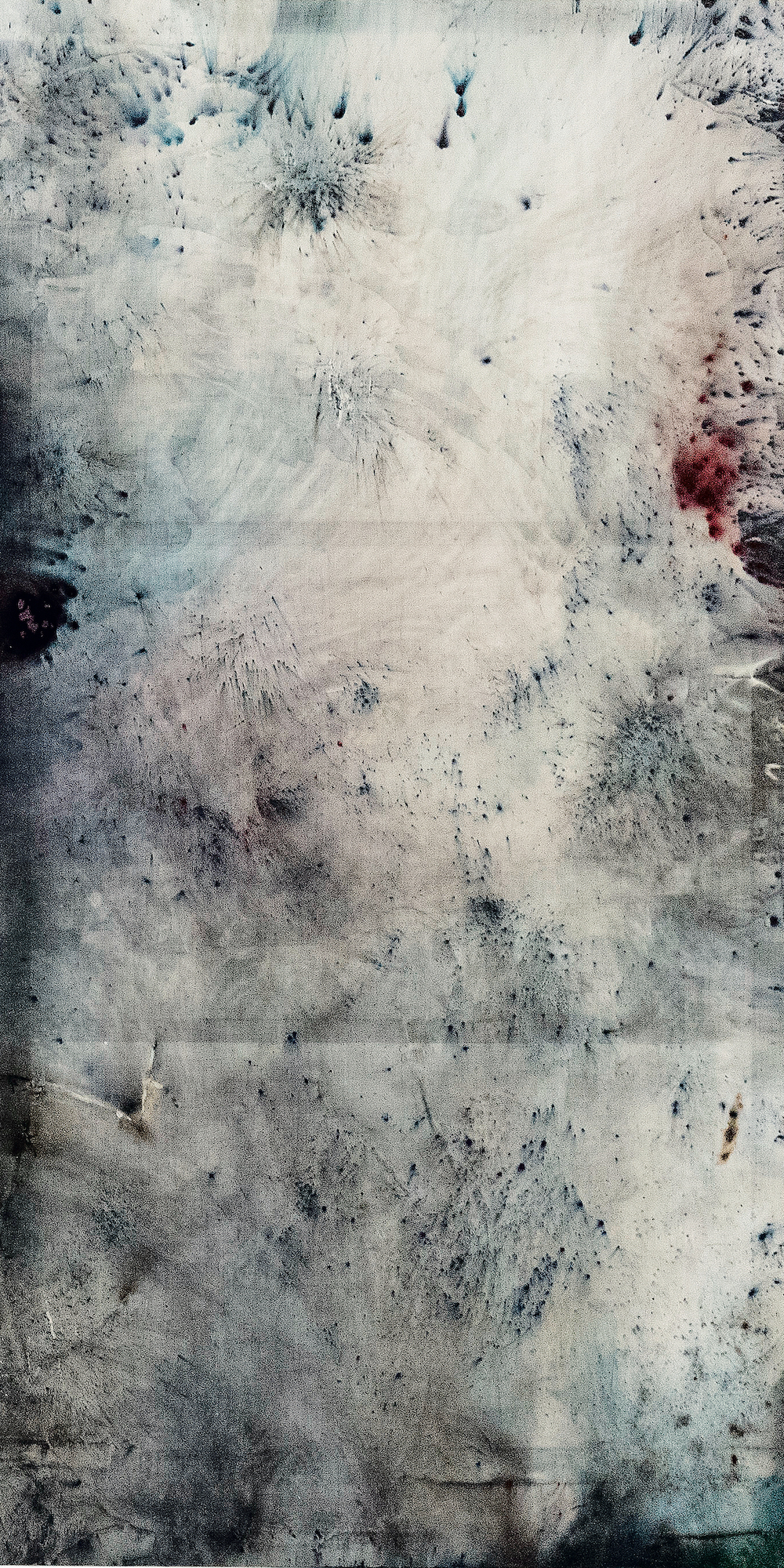
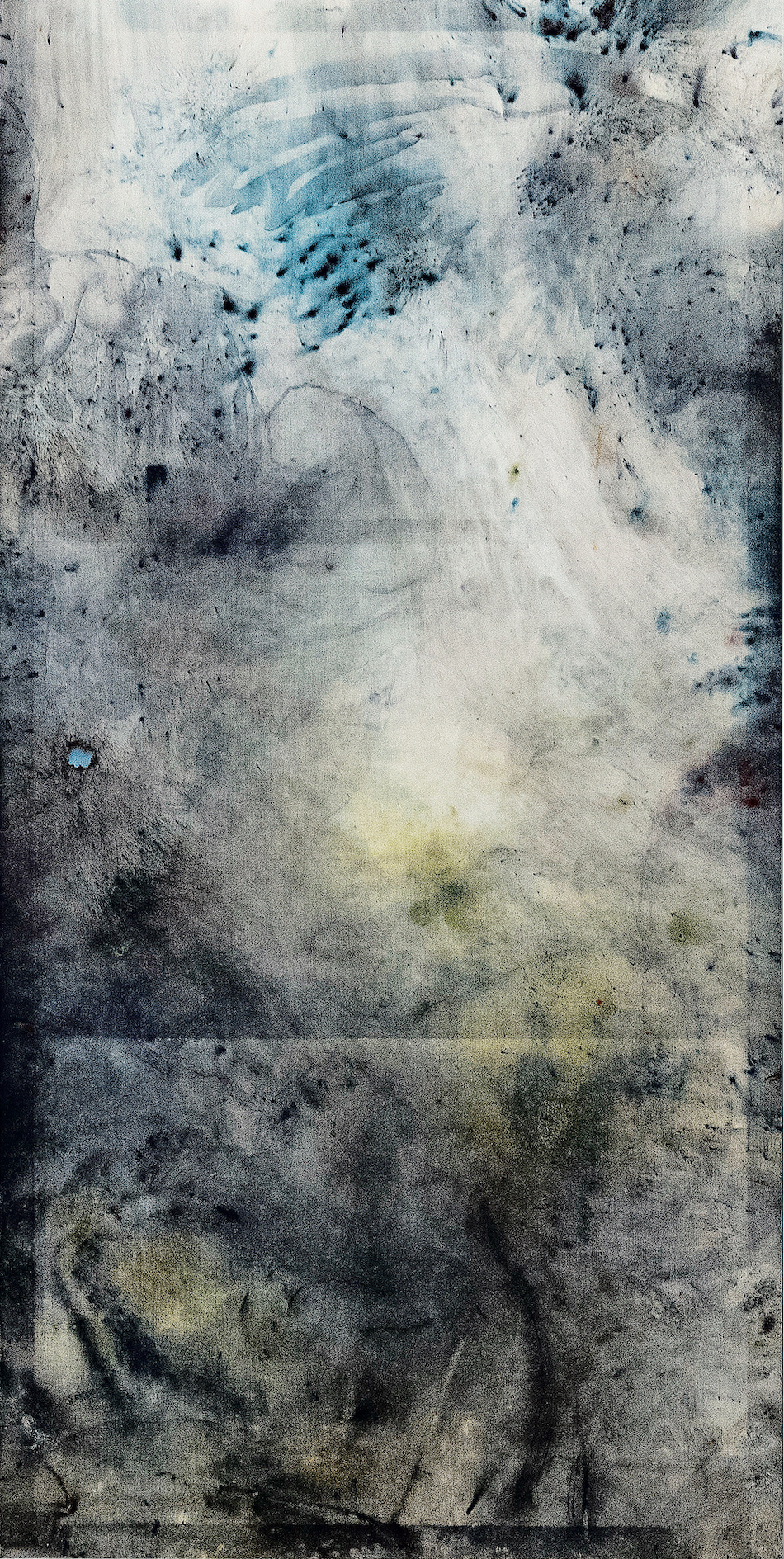
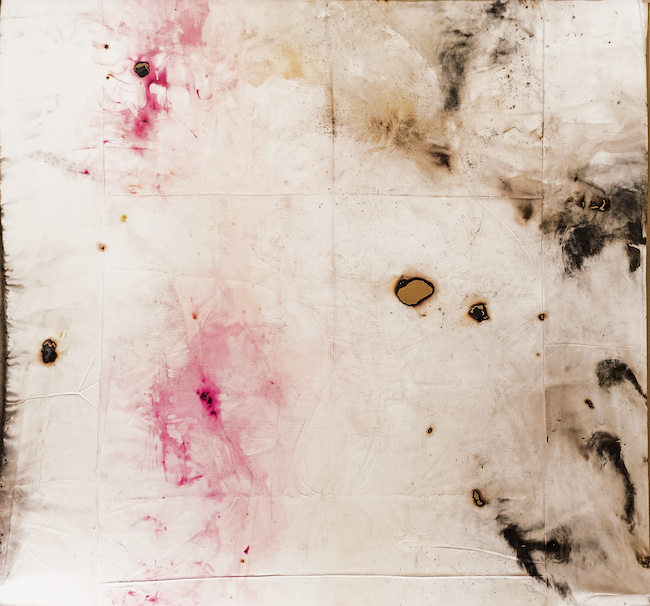
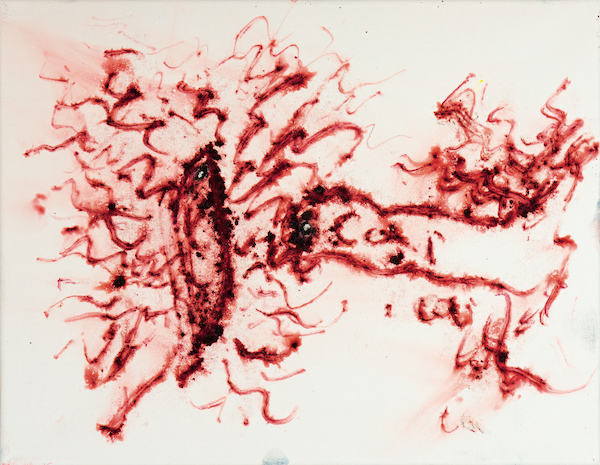
![Cai Guo-Qiang, Explosion Studio, 2019, Realized at the Amphitheatre of Pompeii, February 21, 3:00 pm, Gunpowder, canvas, silk, plaster, marble, dry fresco, glass, terracotta, wooden boat [Ephemeral]](/files/pages_162956368311teh1579_l.jpg)
